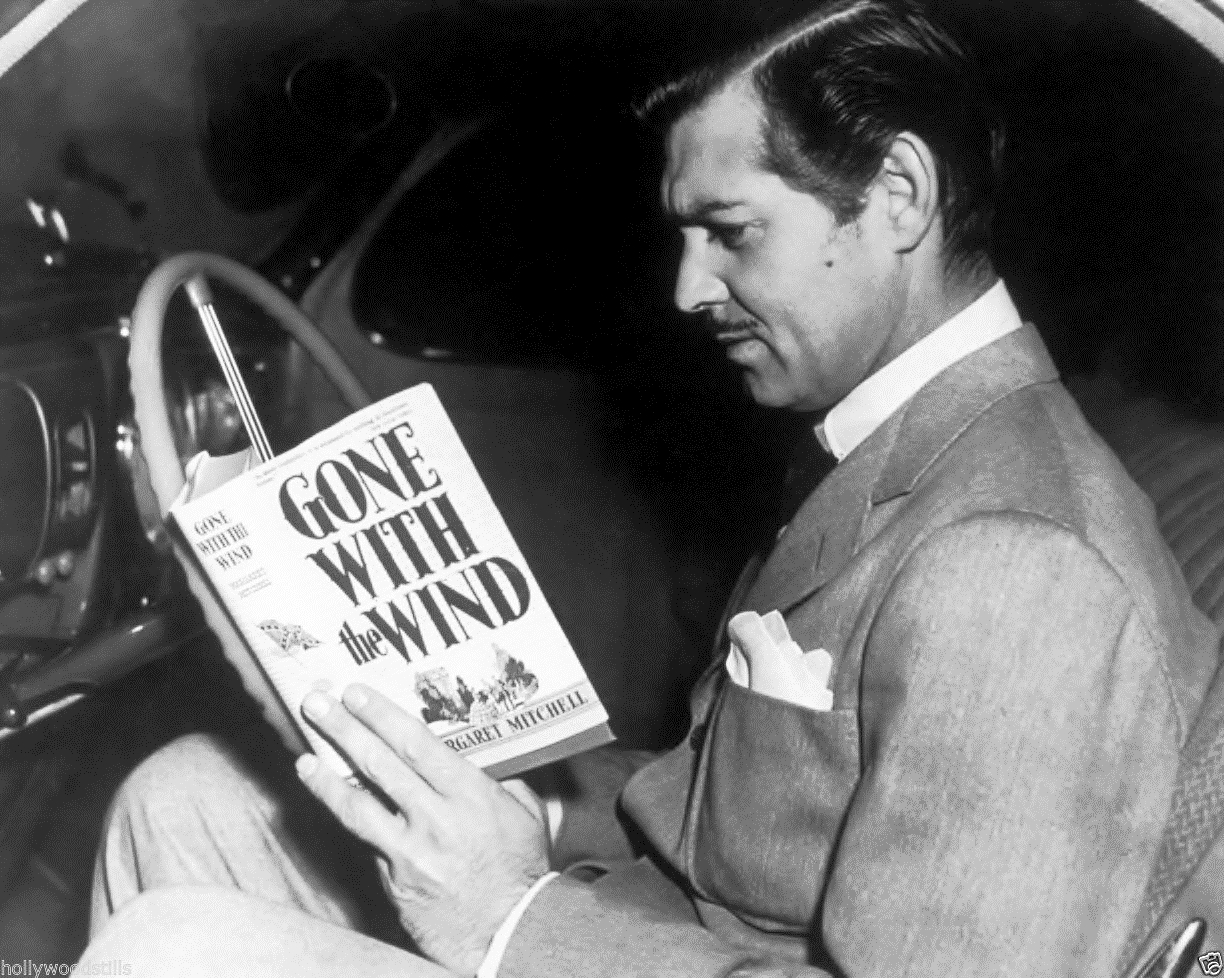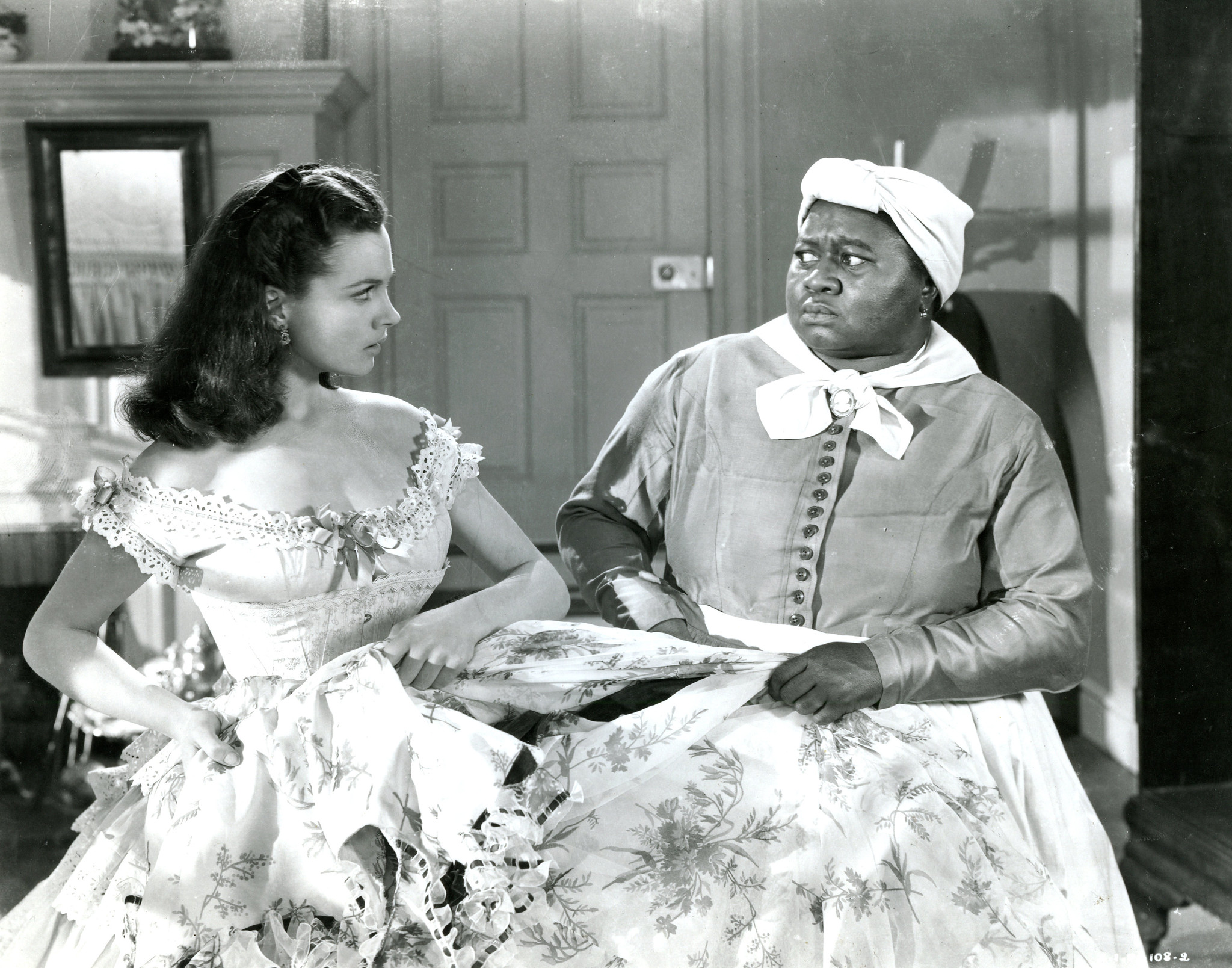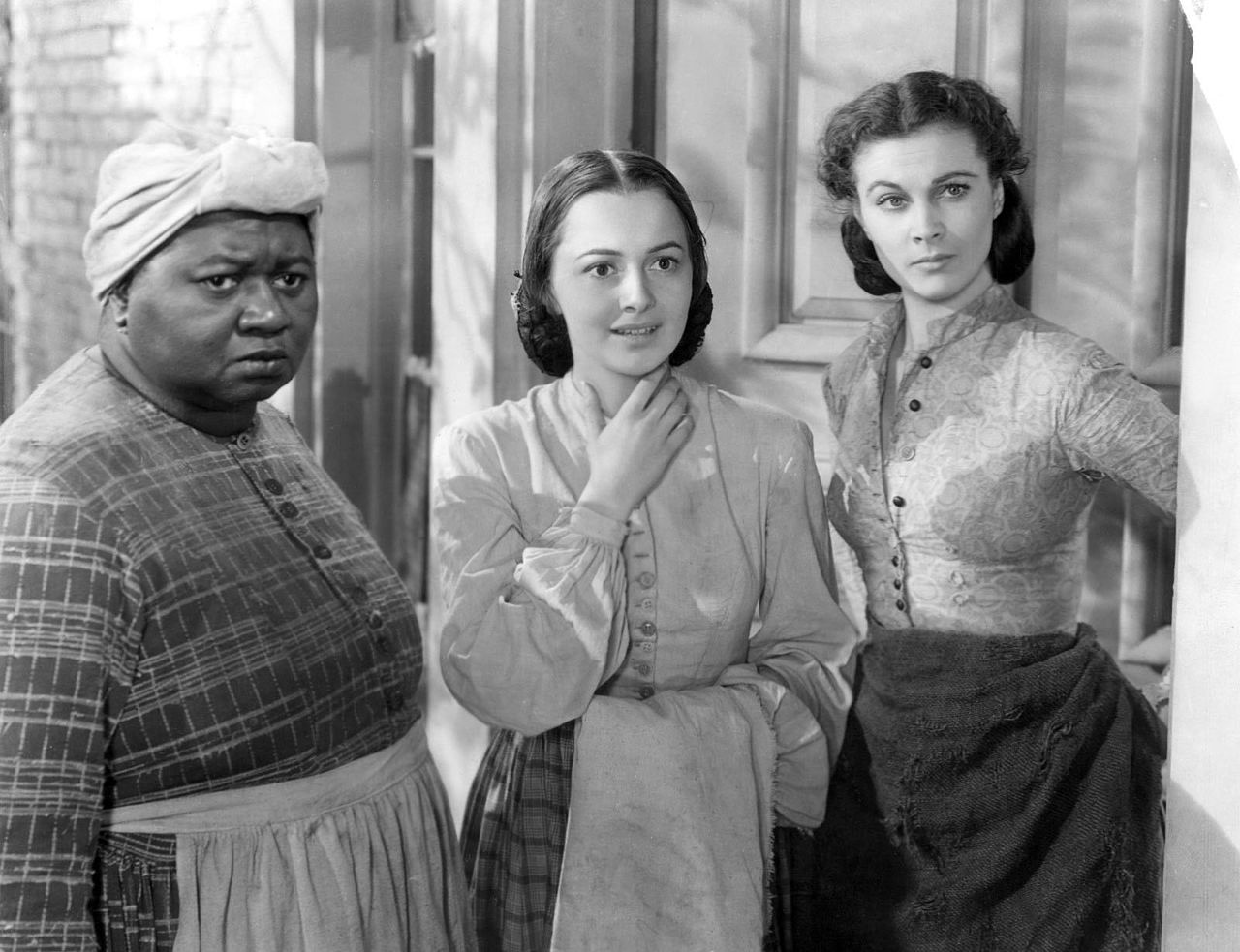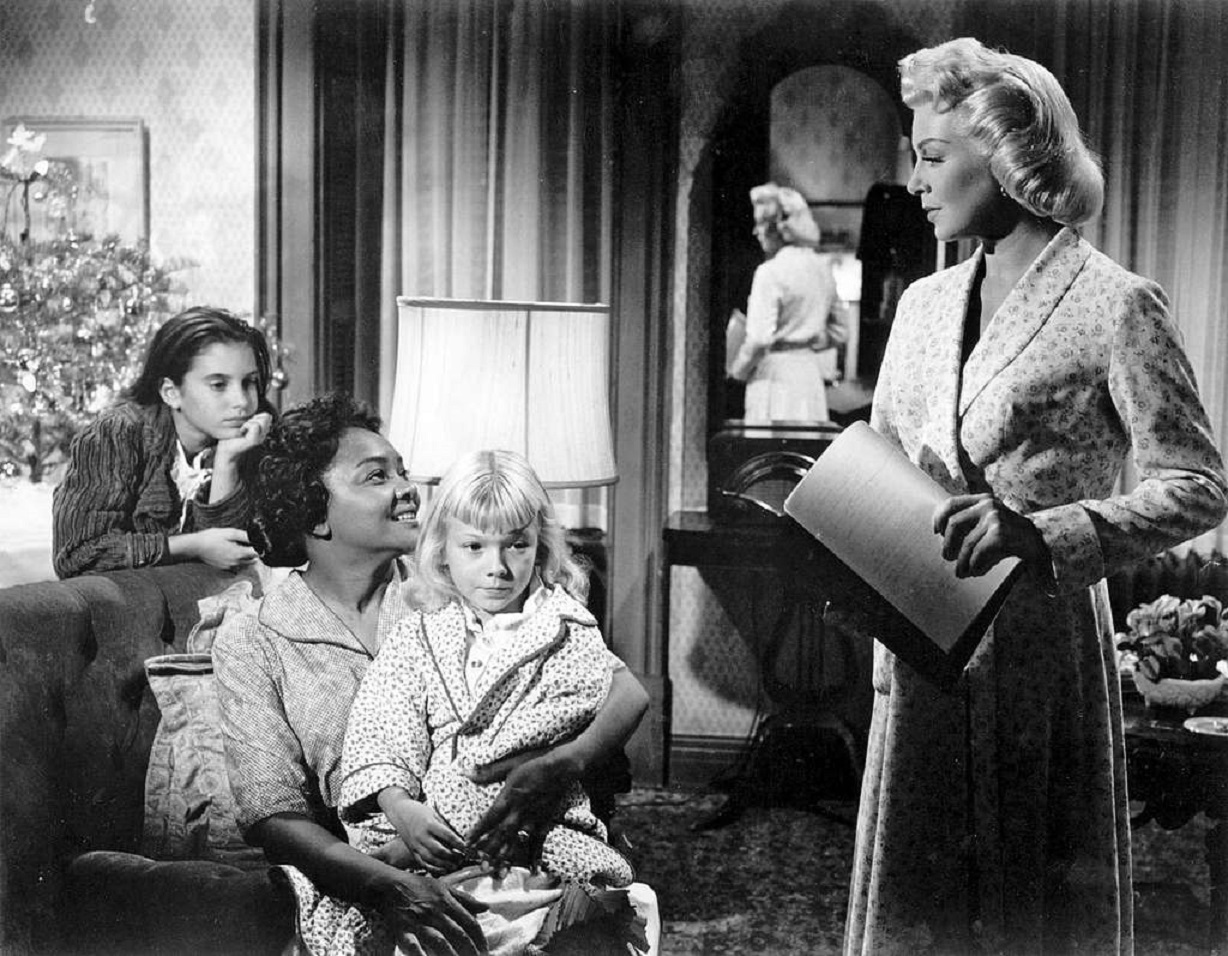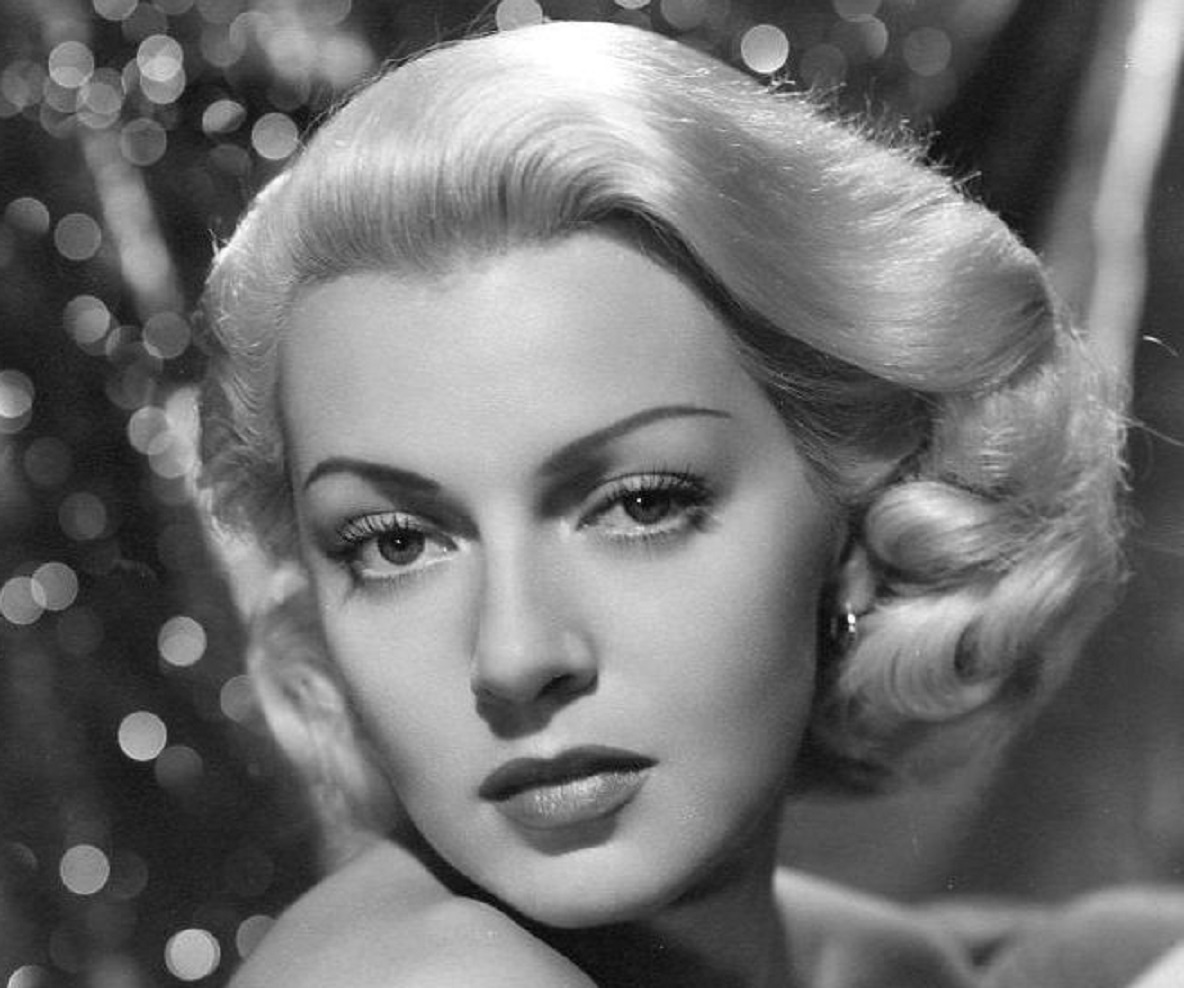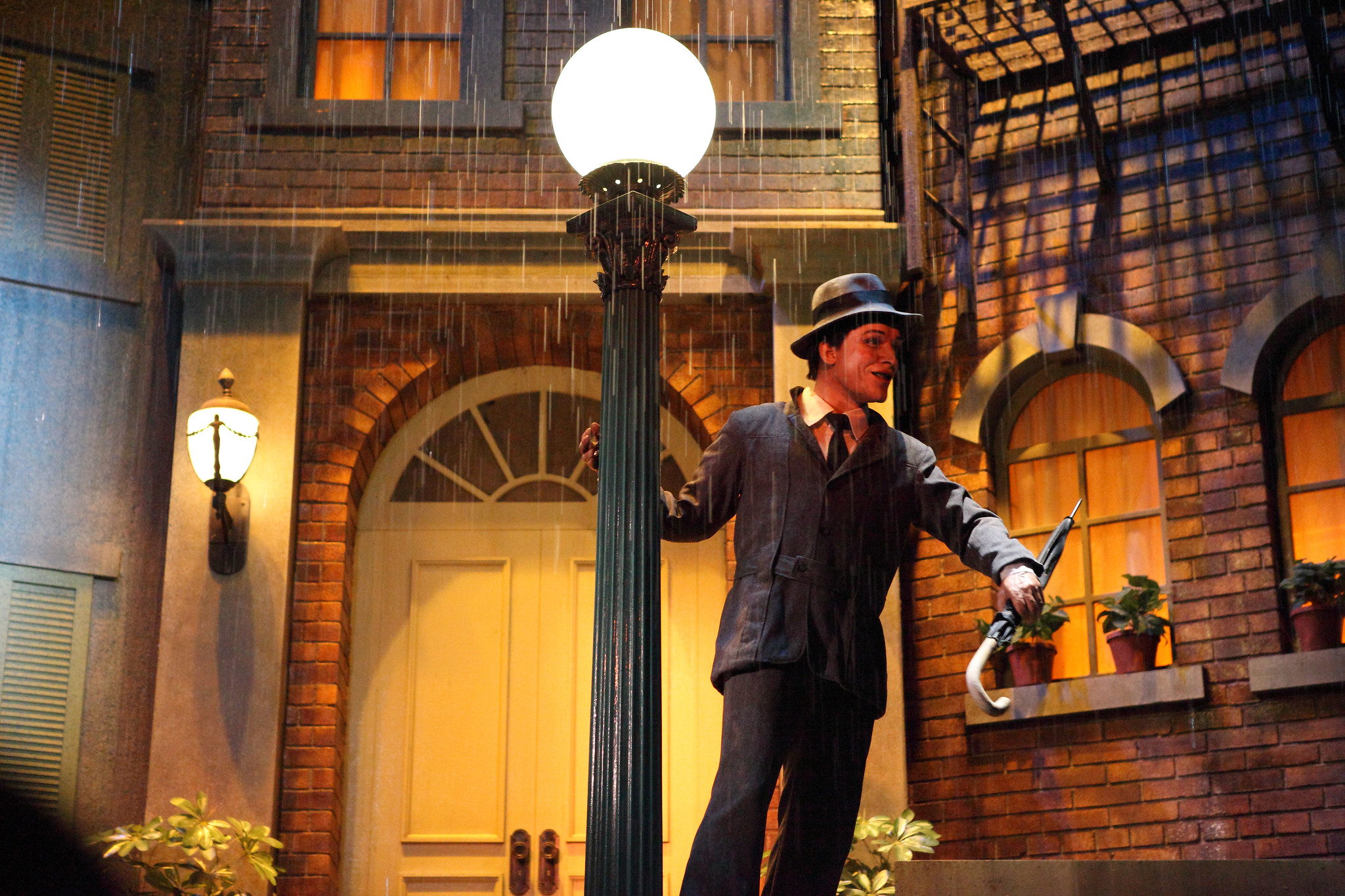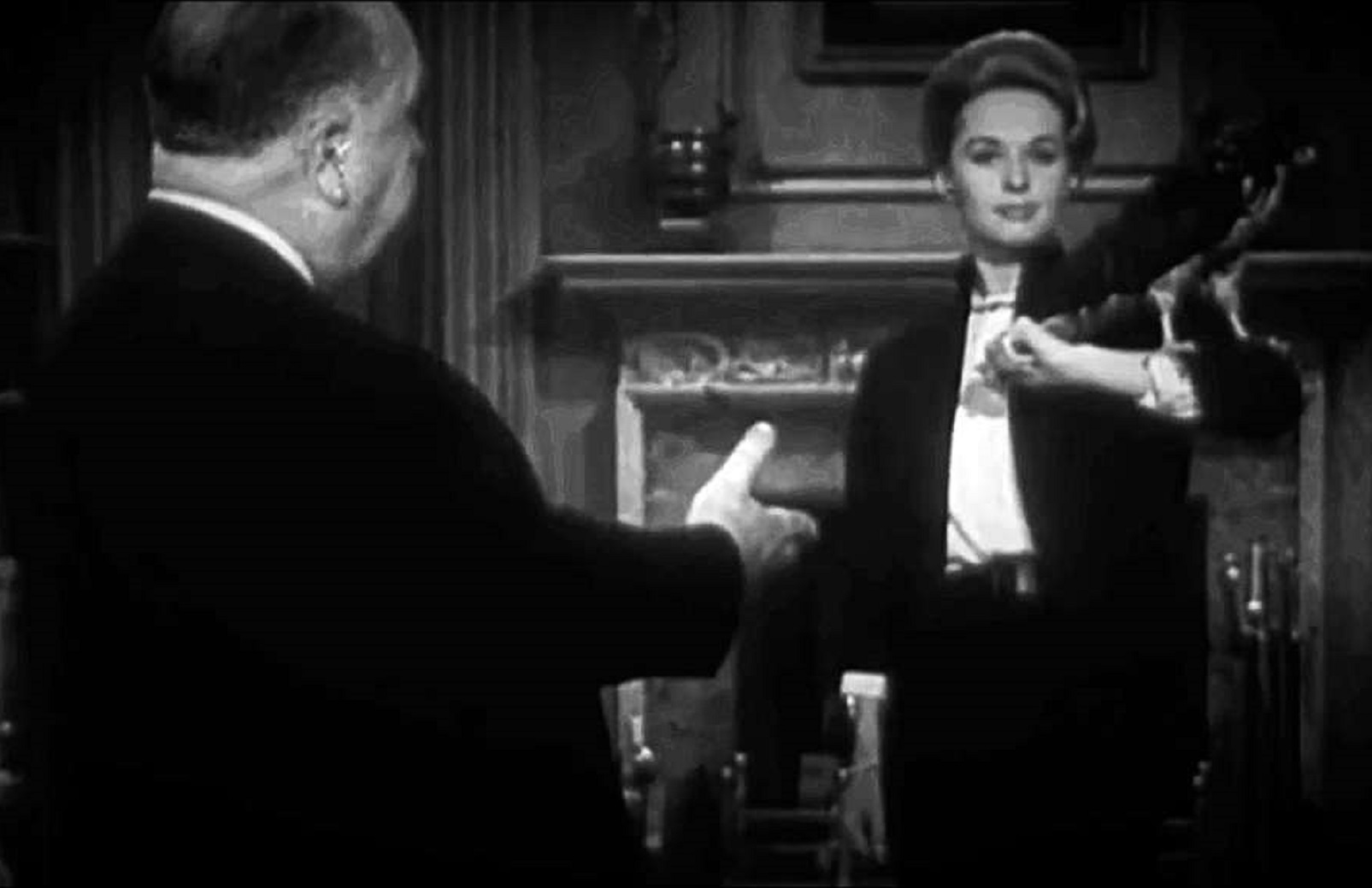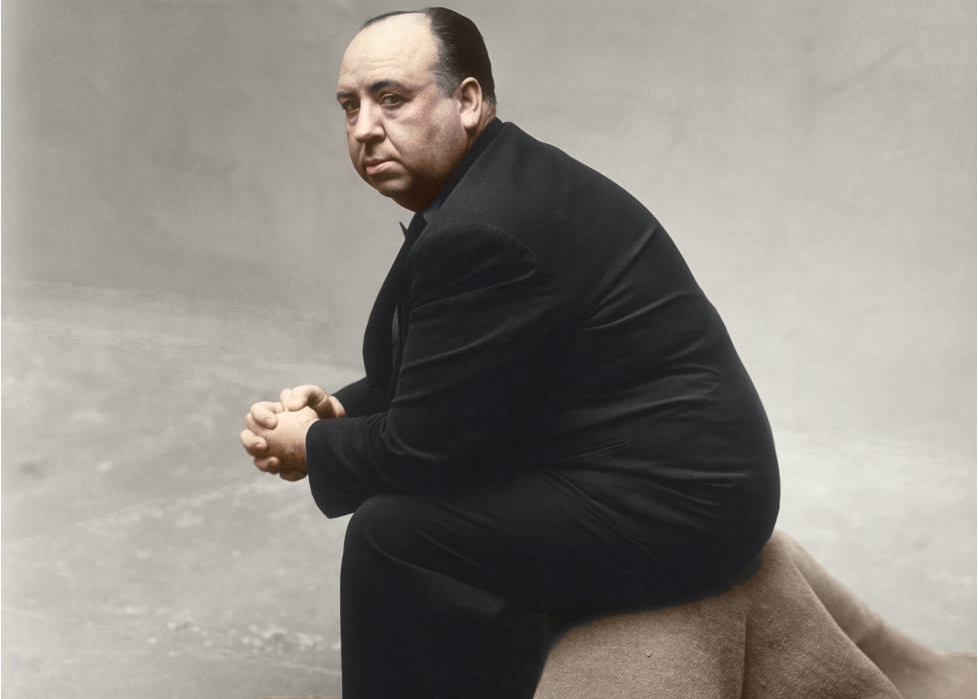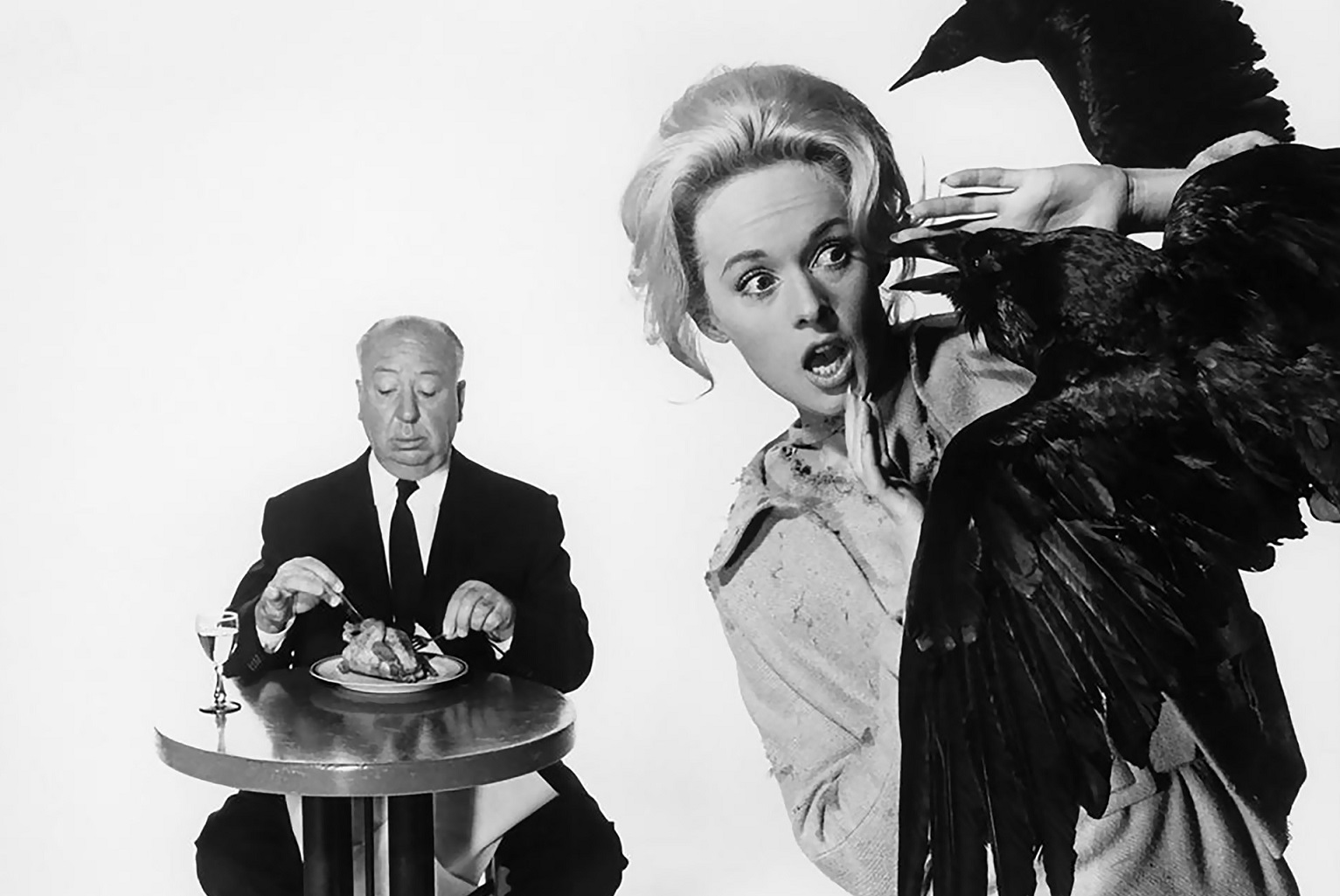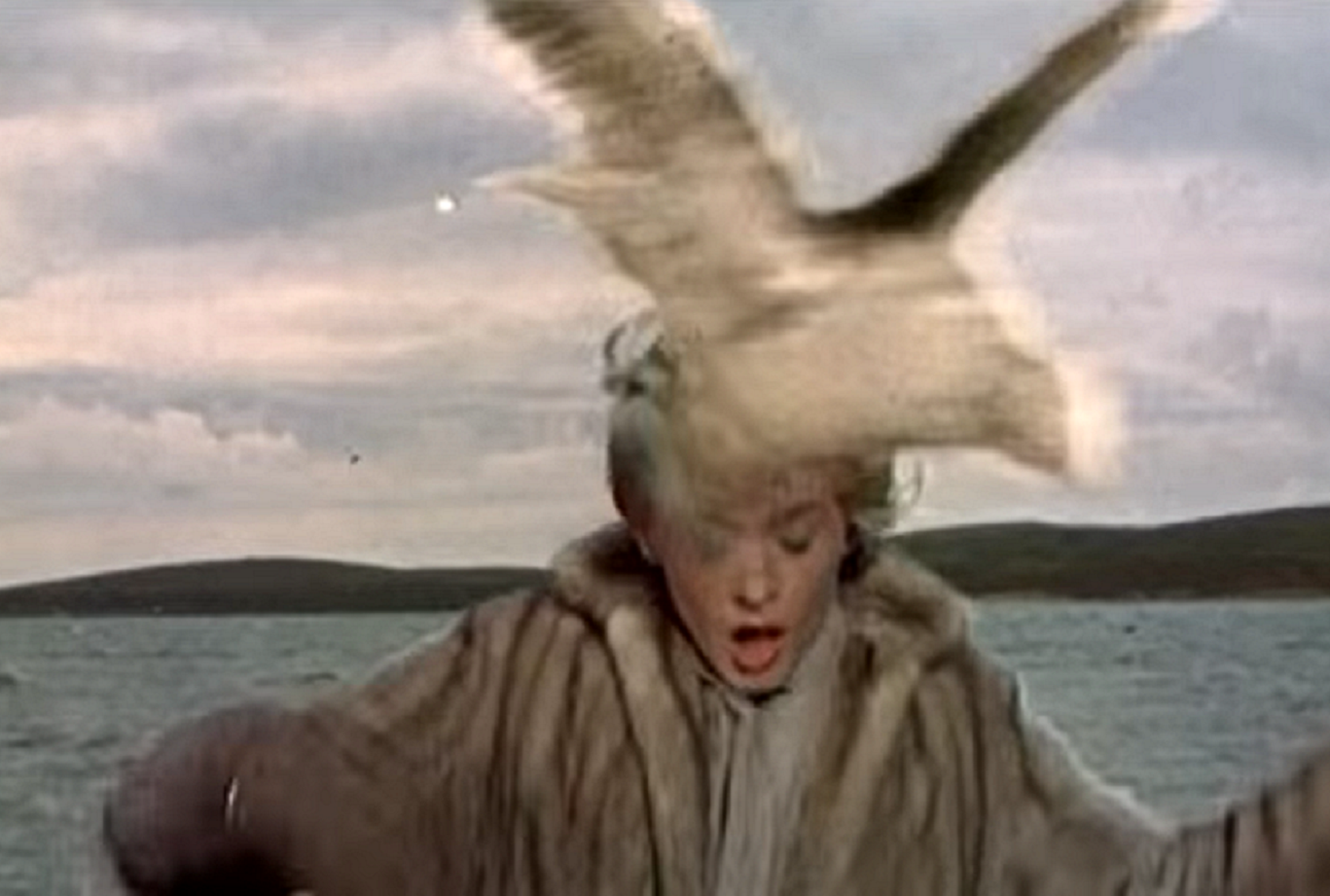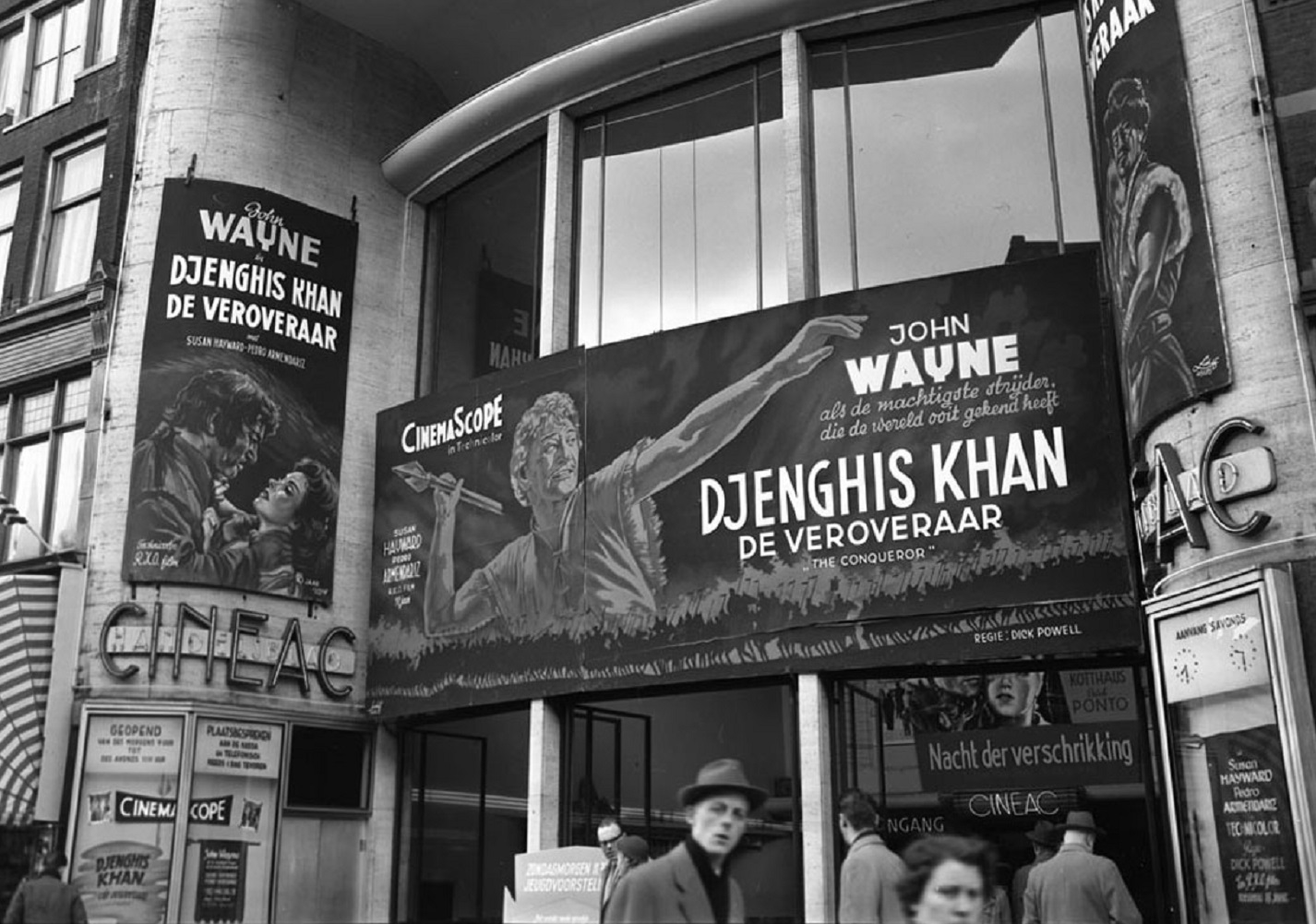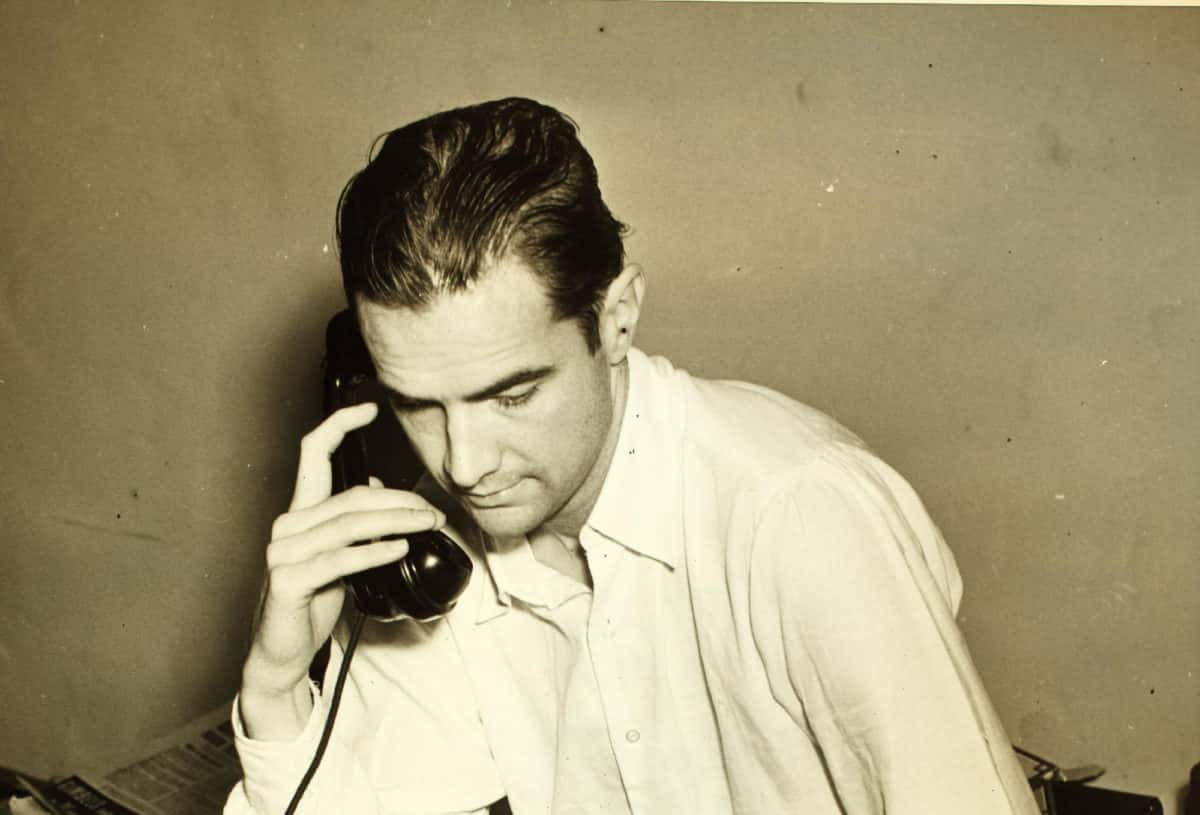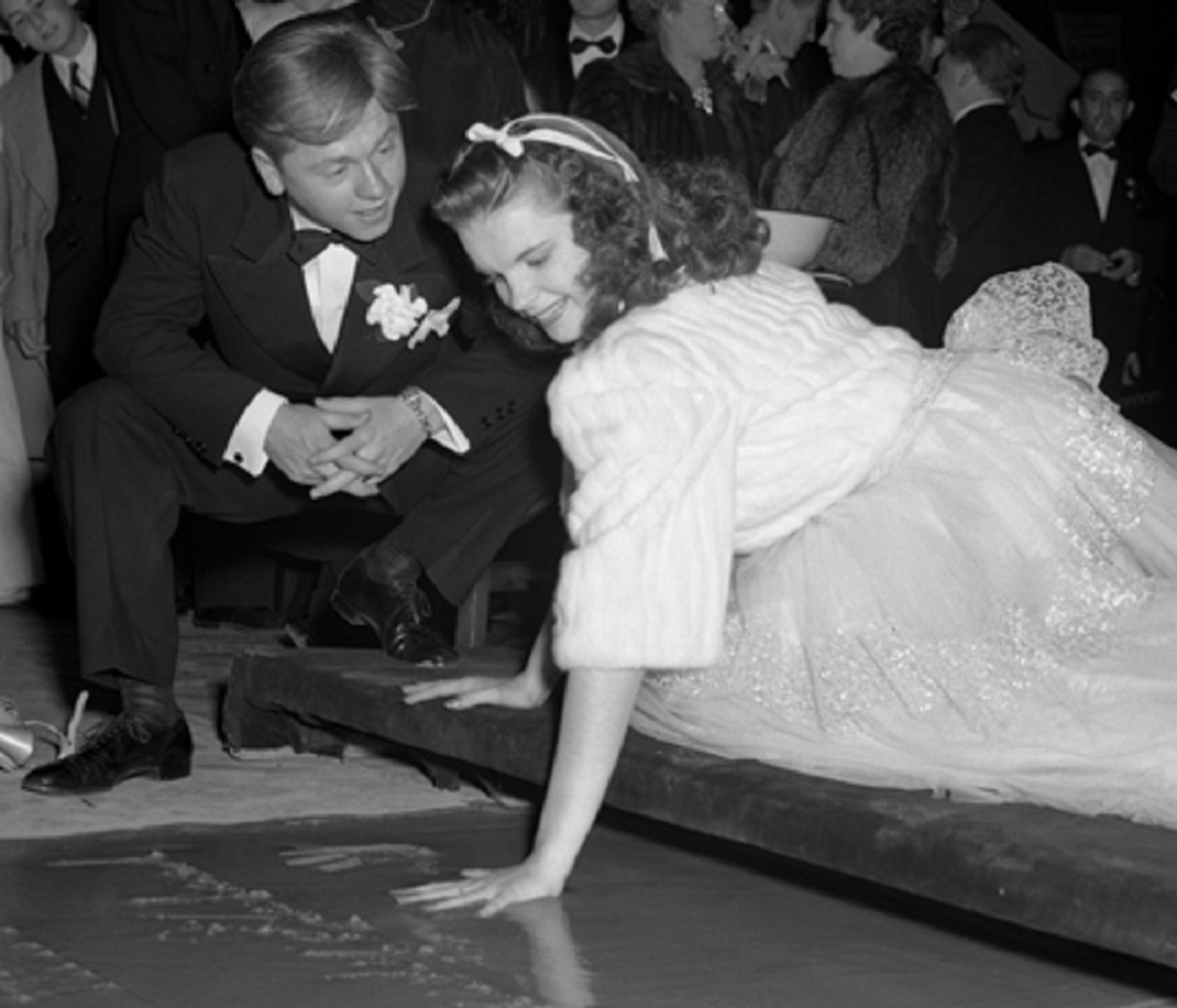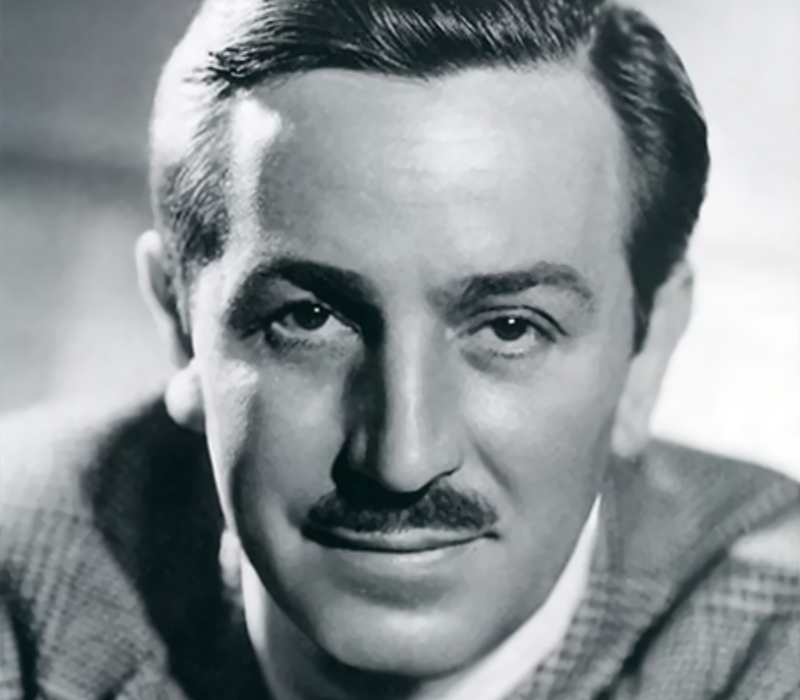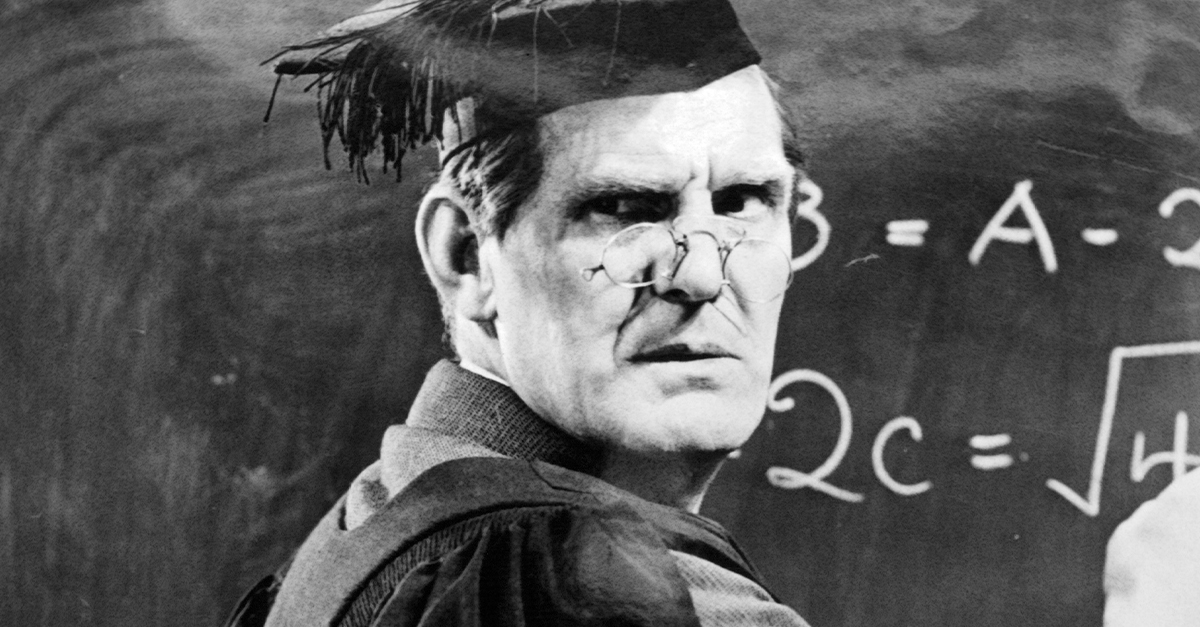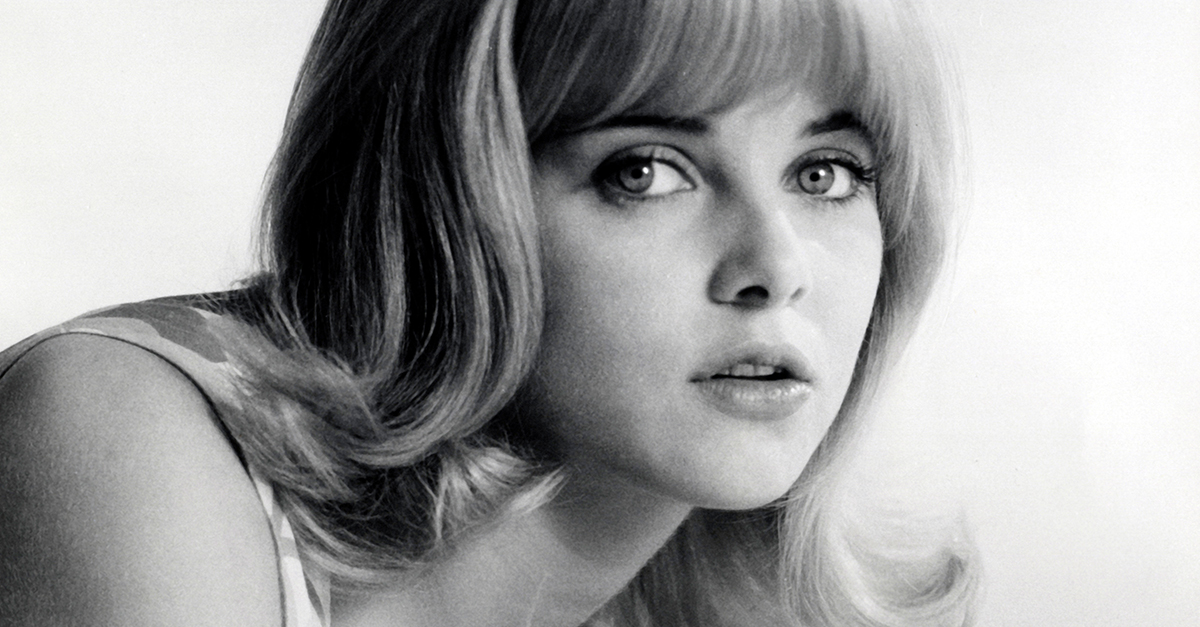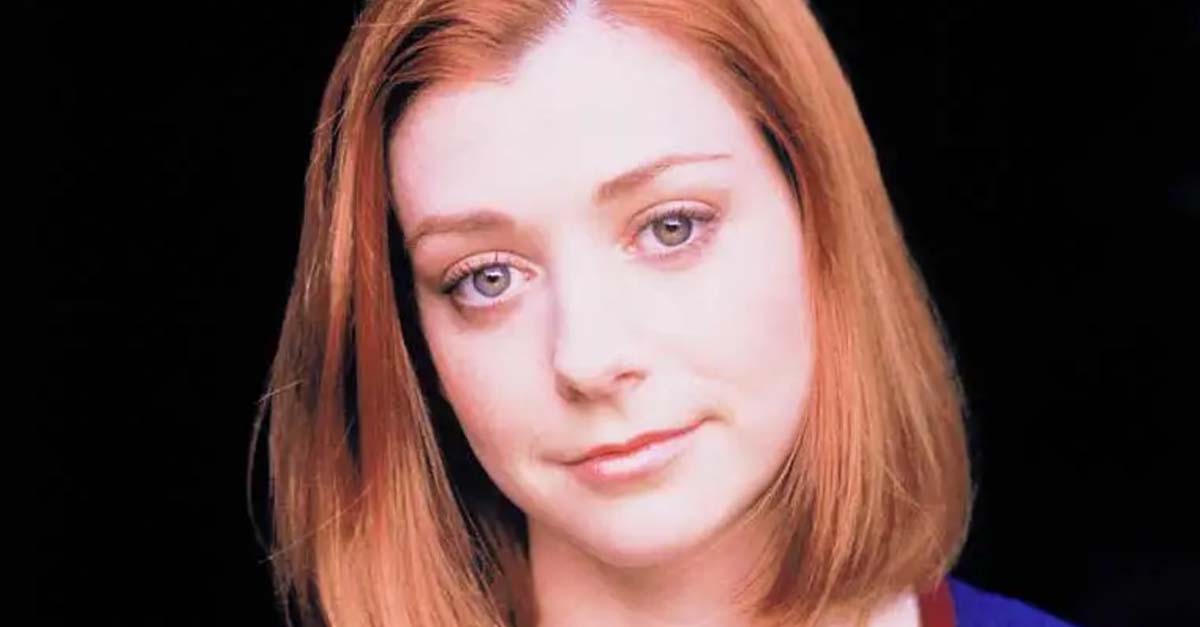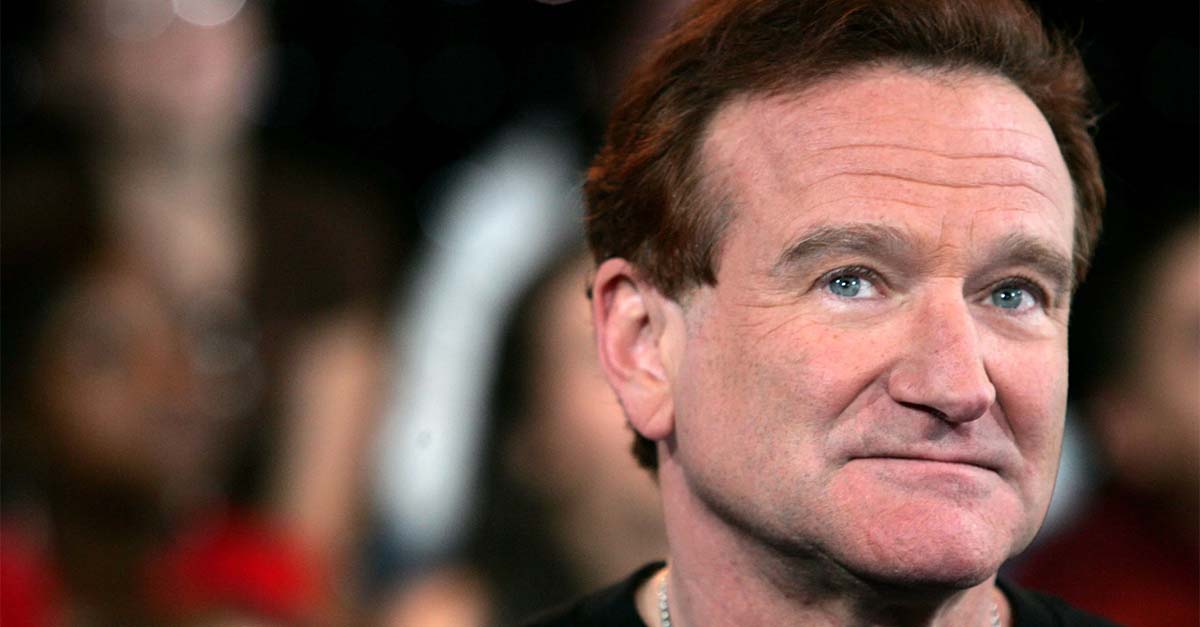Behind Your Favorite Films
So many delightful classics aren't what they seem. These chilling backstories might make you see your favorite films in a brand new light.
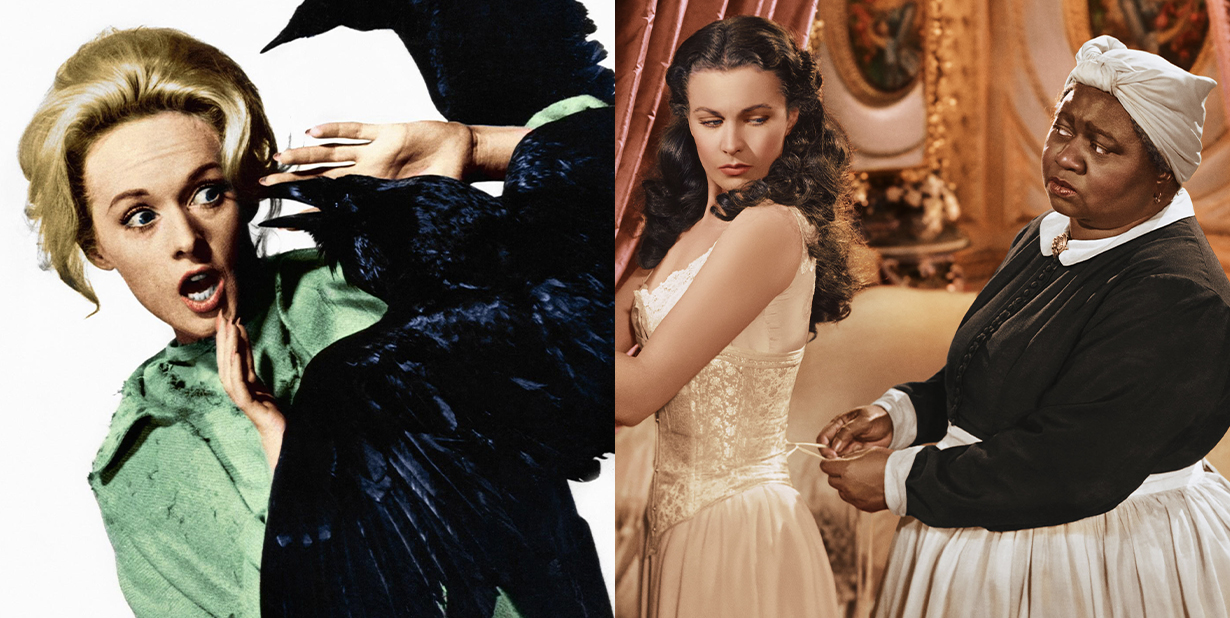
Gone With The Wind (1939)
1939's Gone with the Wind might be one of the longest films ever made, but it also had its fair share of controversy.
Prejudice Behind The Scenes
Sadly, some of the disappointing behind-the-scenes stories revolve around the prejudice experienced by some of the actors, most notably, Hattie McDaniel.
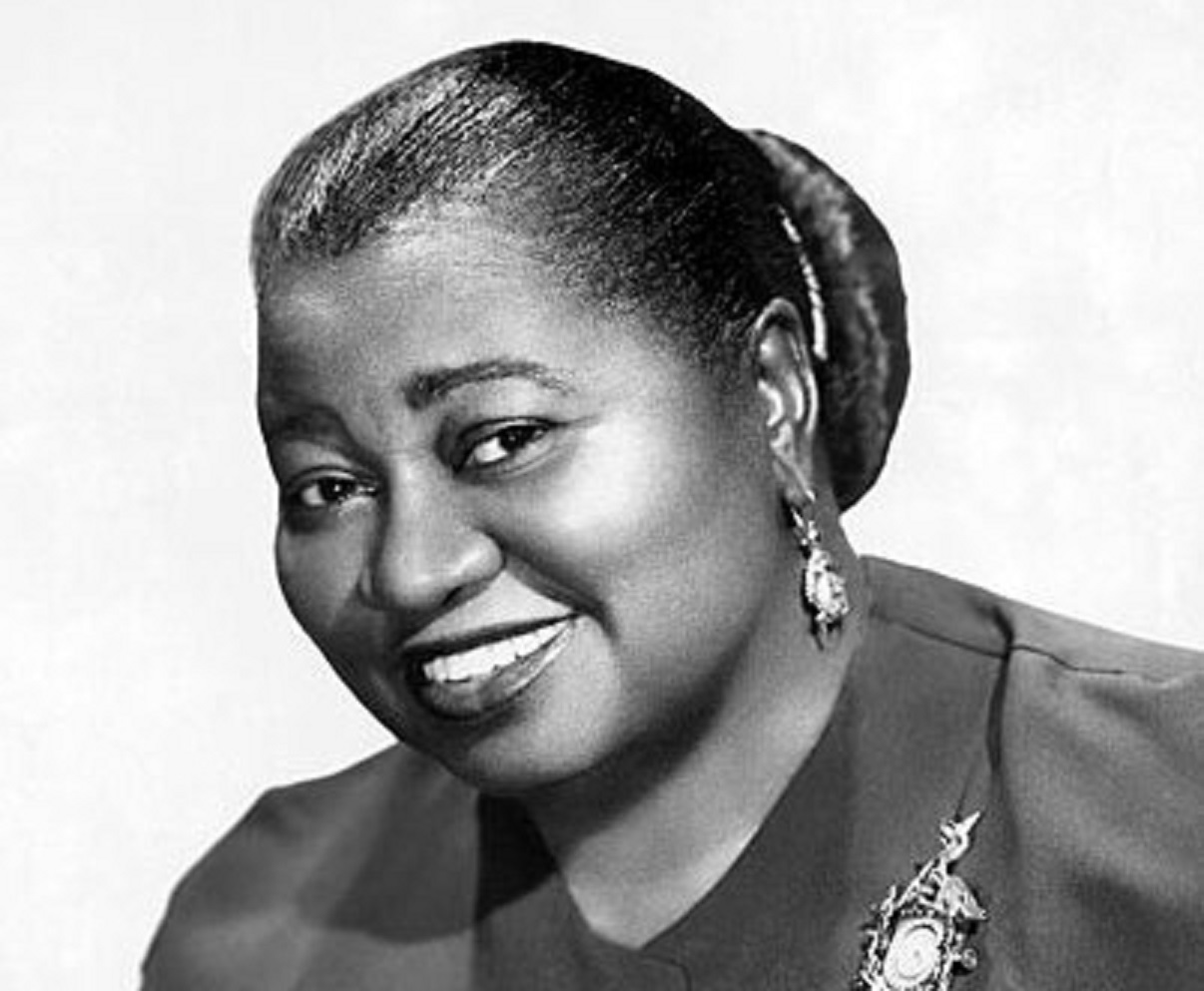 Unknown Author, Wikimedia Commons
Unknown Author, Wikimedia Commons
They Weren't Allowed To Attend The Premiere
During the segregation era, Hattie McDaniel and her other Black co-stars faced the upsetting reality of being barred from attending the film's premiere in Atlanta. But that wasn't all.
She Had To Sit At The Back Of The Room
Even though McDaniel was nominated for her role and became the first African American to bring home an Academy Award, she had no choice but to sit at the back of the room. Even worse? The studio reportedly wrote her speech for her.
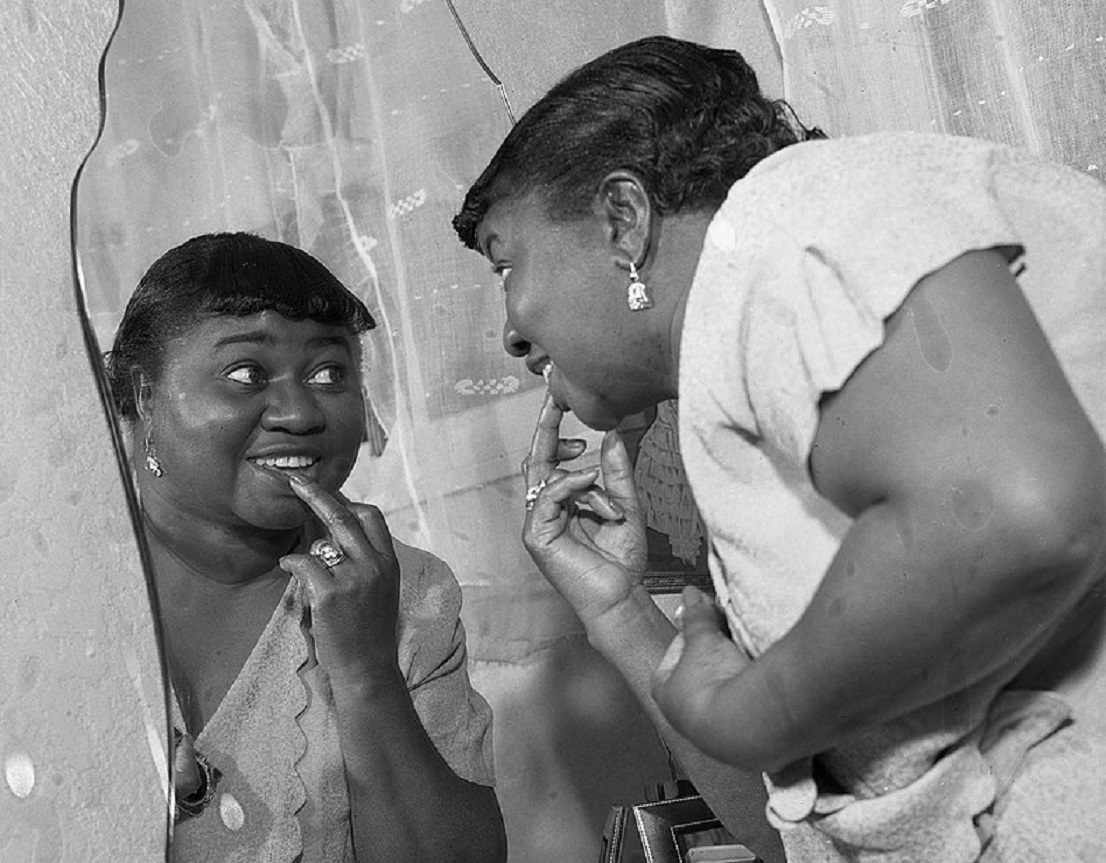 Los Angeles Times, CC BY-SA 4.0, Wikimedia Commons
Los Angeles Times, CC BY-SA 4.0, Wikimedia Commons
She Still Landed Stereotypical Roles
Sadly, Hattie McDaniel's triumphant win at the Oscars didn't truly set her on a path of success. Like most people of color, she continued filling stereotypical roles, usually supporting the white lead.
Noah's Ark (1928)
1928's Noah's Ark was a huge undertaking. It was part-talkie and part-silent. It also had a very long sequence dedicated to the great flood that covers the earth. Unfortunately, this is where the production took a dark turn.
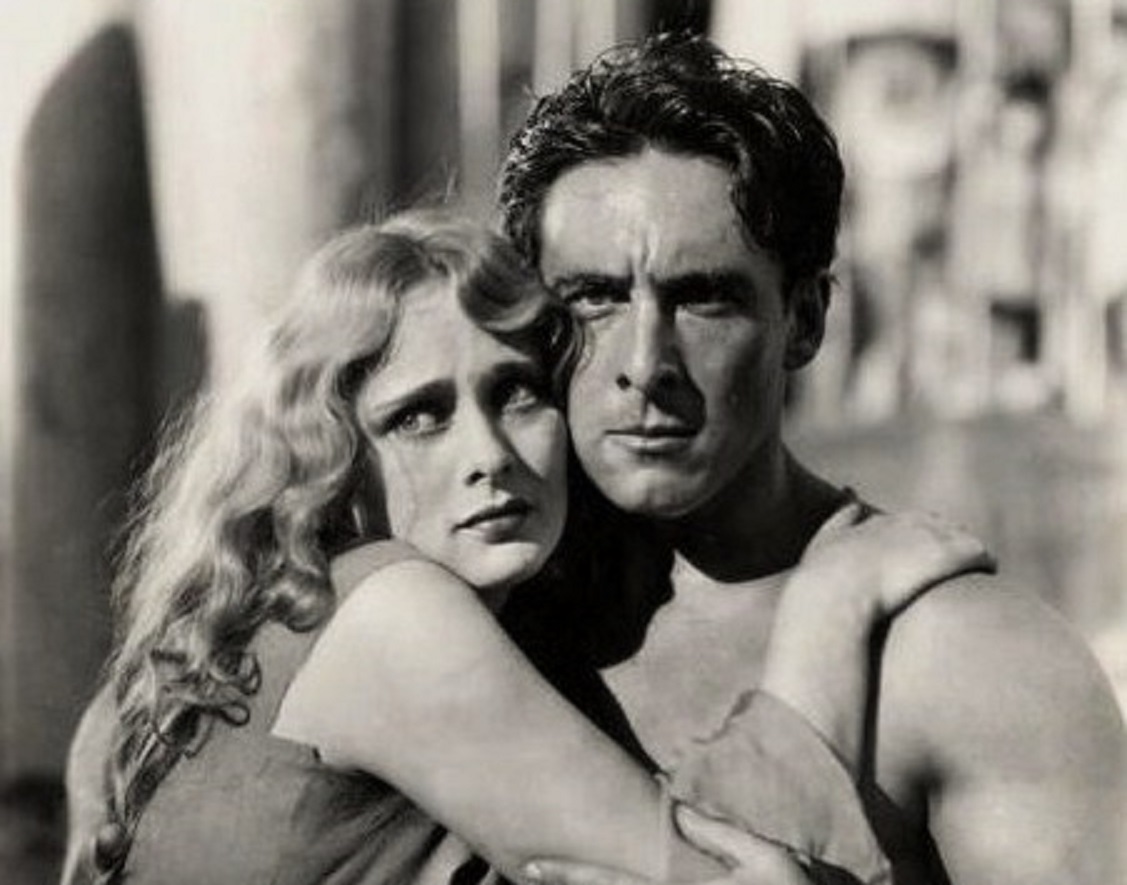 Warner Bros., Wikimedia Commons
Warner Bros., Wikimedia Commons
A Terrible Idea
You see, the production team decided to dump 600,000 gallons of waters on top of the extras—but this was a fatal mistake.
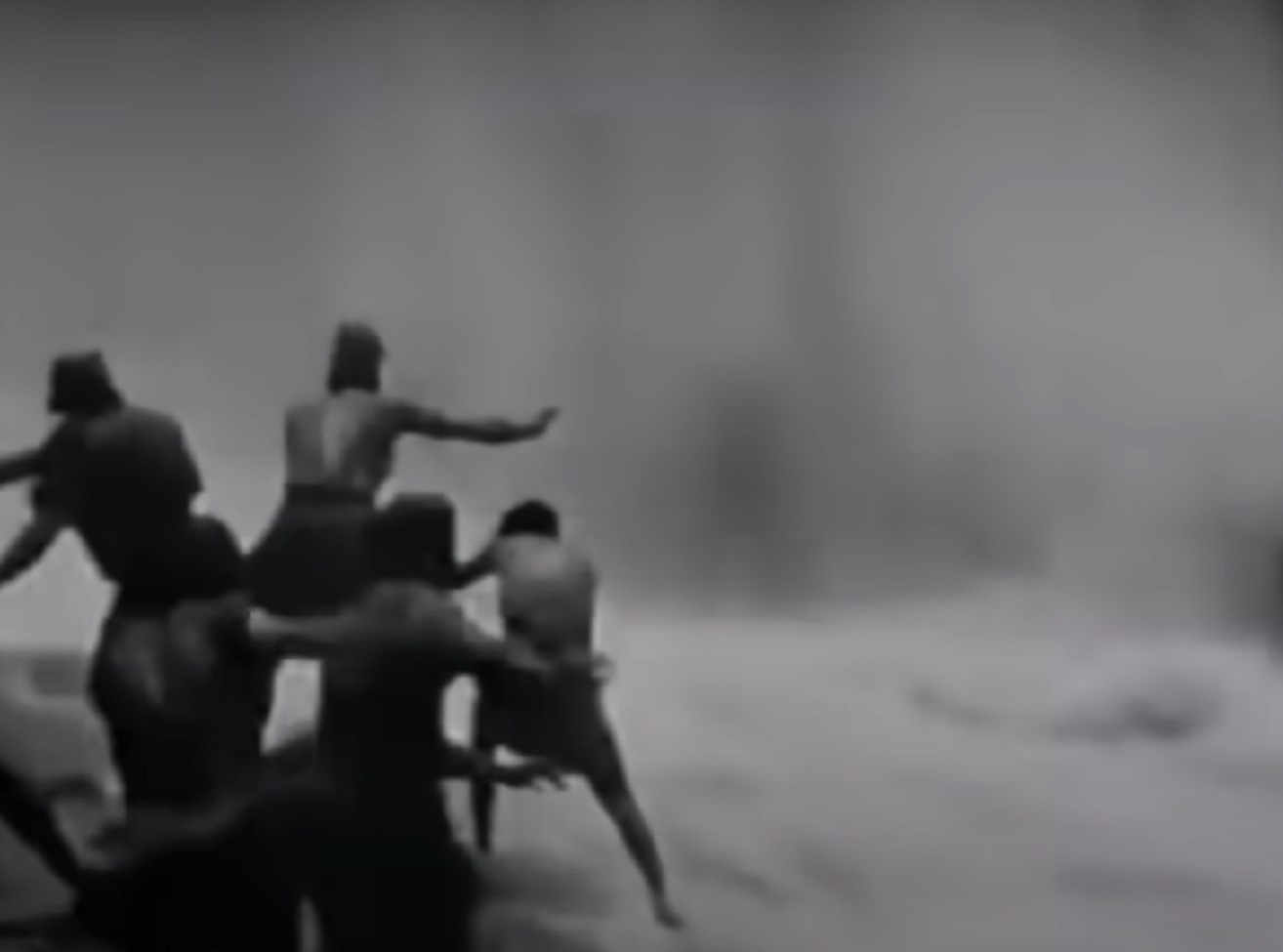 Warner Bros., Noah's Ark (1928)
Warner Bros., Noah's Ark (1928)
The Extras Drowned
Horrifyingly, many of the extras had to be rushed to the hospital and three of them drowned. The saddest part of all? Someone had already foreseen these chilling dangers.
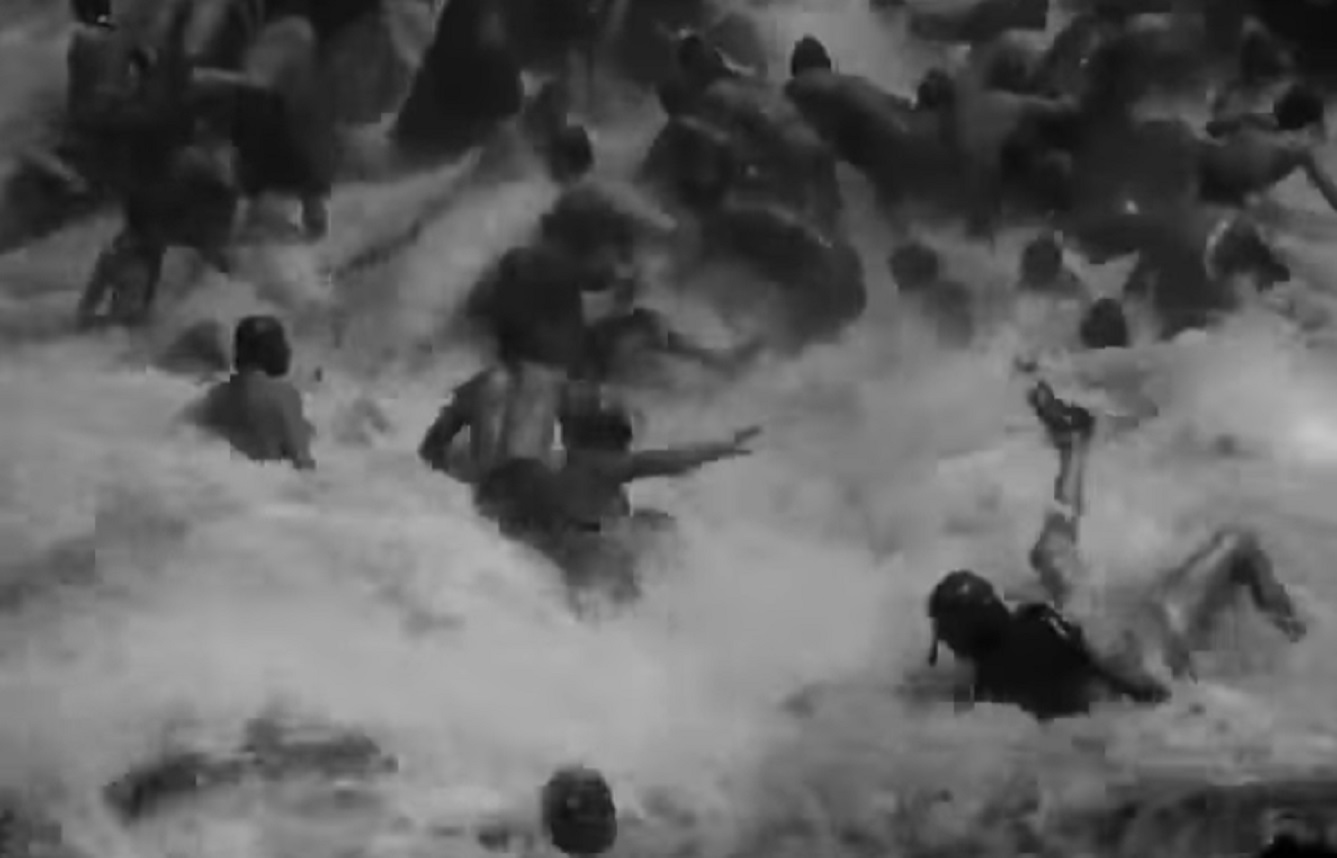 Warner Bros., Noah's Ark (1928)
Warner Bros., Noah's Ark (1928)
They Ignored The Warning
Hal Mohr, the cameraman, foresaw how dangerous the sequences could be, especially considering that the extras weren't properly trained. There was, however, a silver lining.
Due to this tragic incident, new rules came into play going forward which helped regulate treacherous stunts.
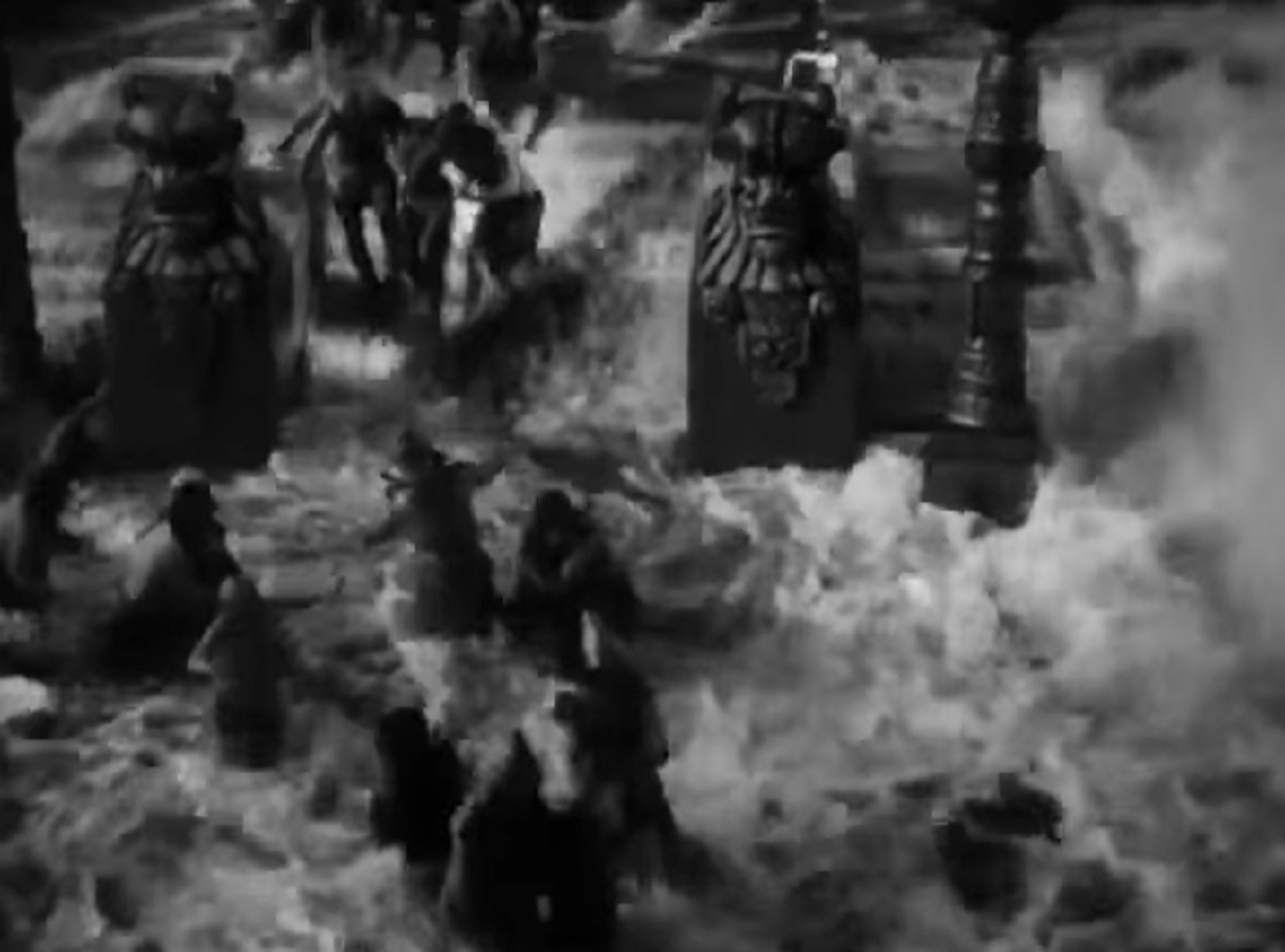 Warner Bros., Noah's Ark (1928)
Warner Bros., Noah's Ark (1928)
Imitation Of Life (1959)
1959's Imitation of Life came with scandal and drama—at least off-screen. You see, one of the main stars, Lana Turner, had a shocking personal life that threw a shadow over the production.
Scandal Behind The Scenes
Following the shocking murder of her partner Johnny Stomapanato, Imitation of Life was Lana Turner's next film. But honestly, the whole bloody affair deserved its very own major motion picture.
Her Daughter Ended Up In Court
Lana Turner's relationship with Johnny Stompanato was turbulent and dangerous—and it was her daughter Cheryl Crane who allegedly took his life during a domestic dispute.
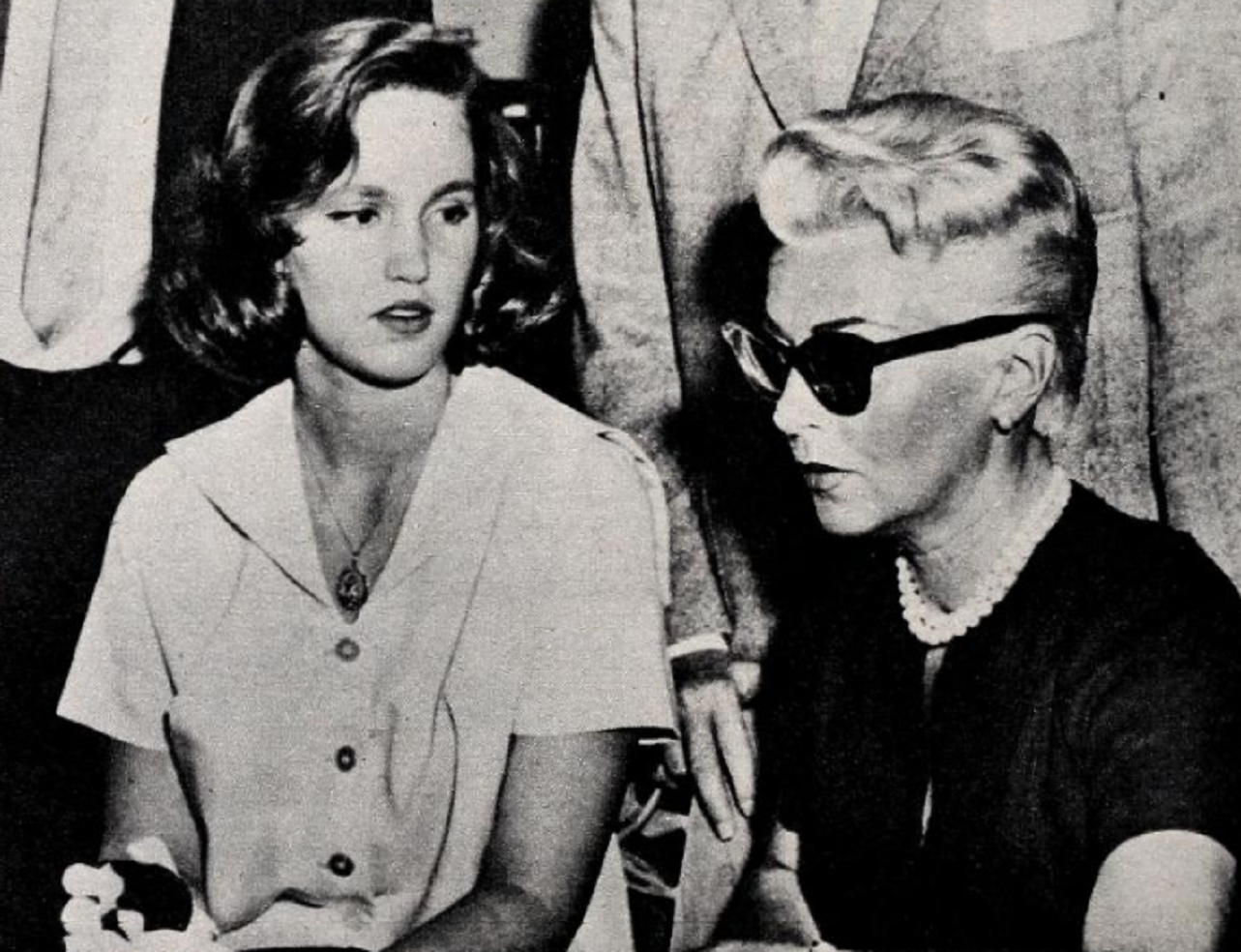 Unknown Author, Wikimedia Commons
Unknown Author, Wikimedia Commons
The Public Blamed Her
In the end, Turner's daughter's actions were deemed justifiable, but rumors ran rampant. Many believed that Lana Turner was the guilty party who made her daughter take the fall for her actions.
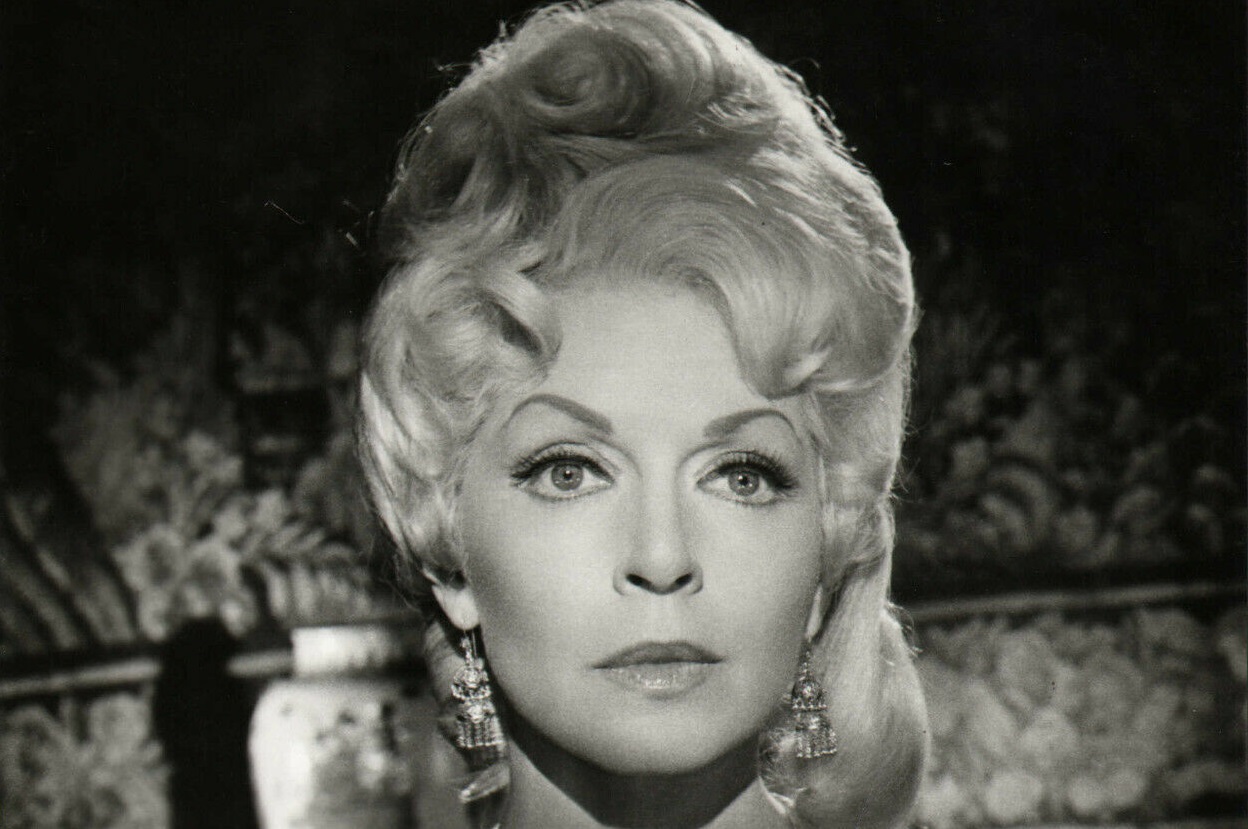 Unknown Author, Wikimedia Commons
Unknown Author, Wikimedia Commons
Singin' in the Rain (1952)
Singin' in the Rain is arguably one of the best films ever made—but the production of the film was not smooth sailing.
Gene Kelly Was Sick
For starters, Gene Kelly was allegedly sick as a dog during his most famous scene wher he performs the title number. He had a raging fever of 103.
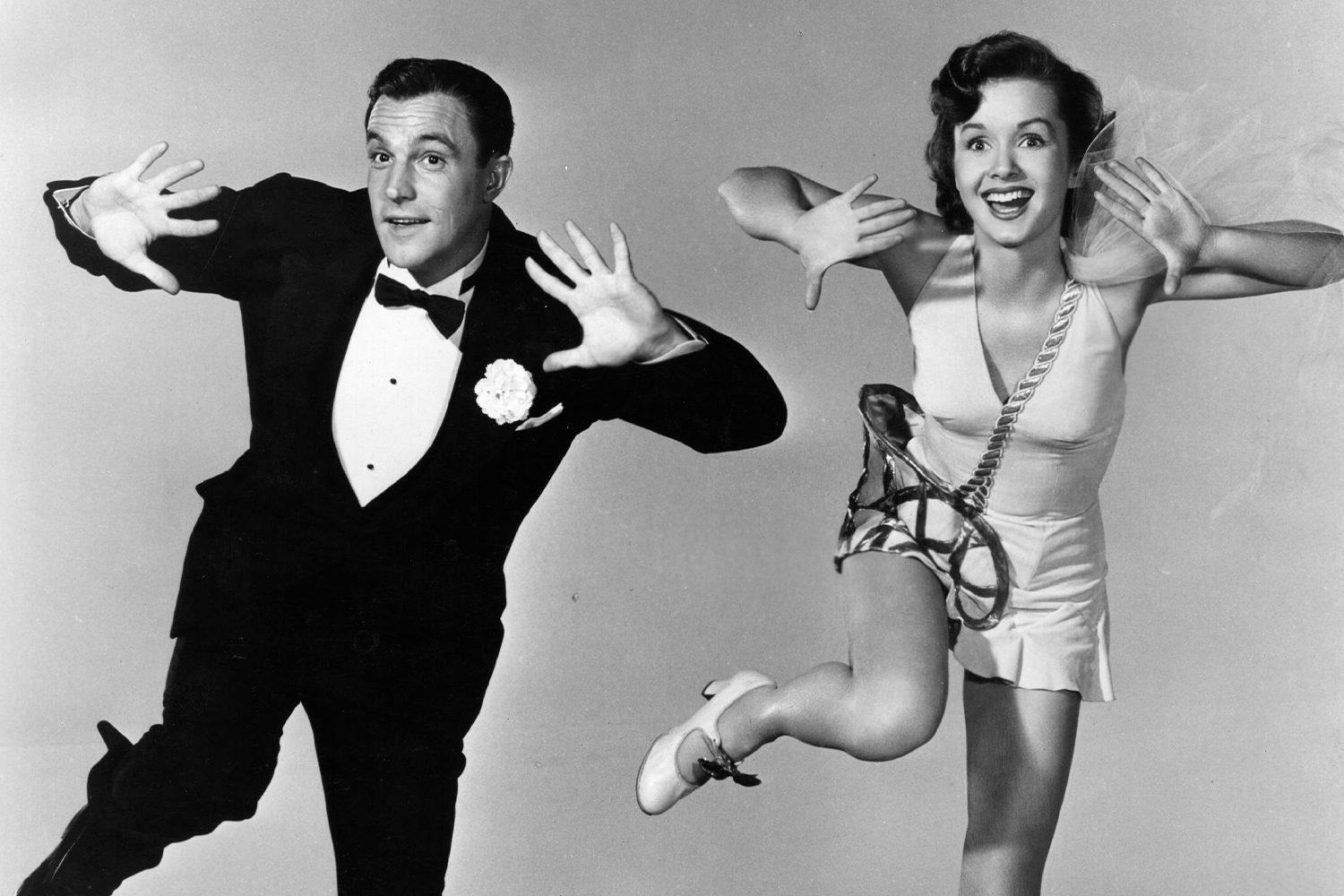 Silver Screen Collection, Getty Images
Silver Screen Collection, Getty Images
Donald O'Connor Ended Up In The Hospital
Donald O'Connor also went through the wringer. His beloved performance of "Make 'Em Laugh" took a terrible physical toll on his body and he ended up in the hospital.
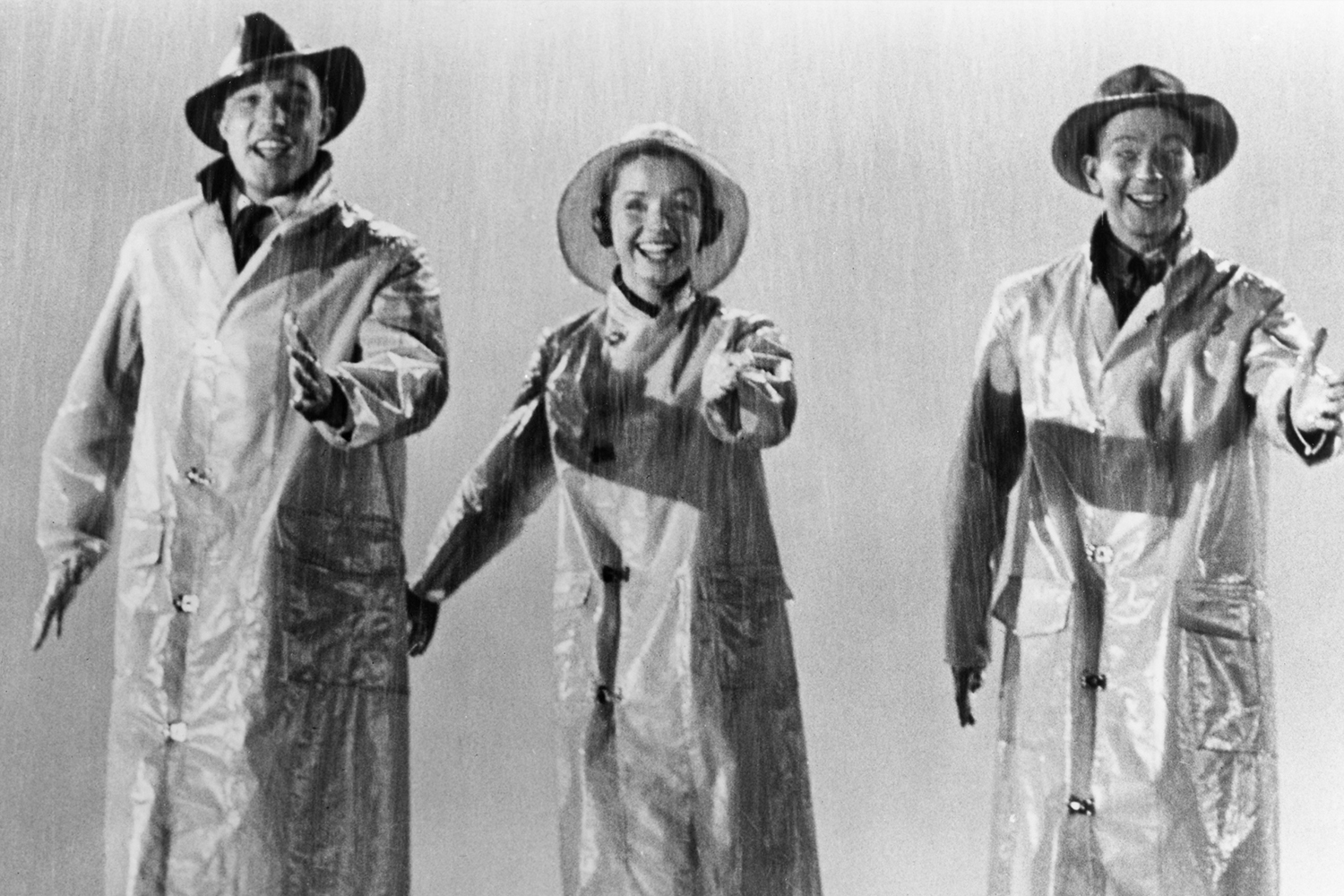 Silver Screen Collection, Getty Images
Silver Screen Collection, Getty Images
Debbie Reynolds Broke Down In Tears
Finally, Debbie Reynolds, who wasn't a trained dancer, had to put up with Gene Kelly's penchant for perfectionism—and he reportedly made her cry on numerous occasions.
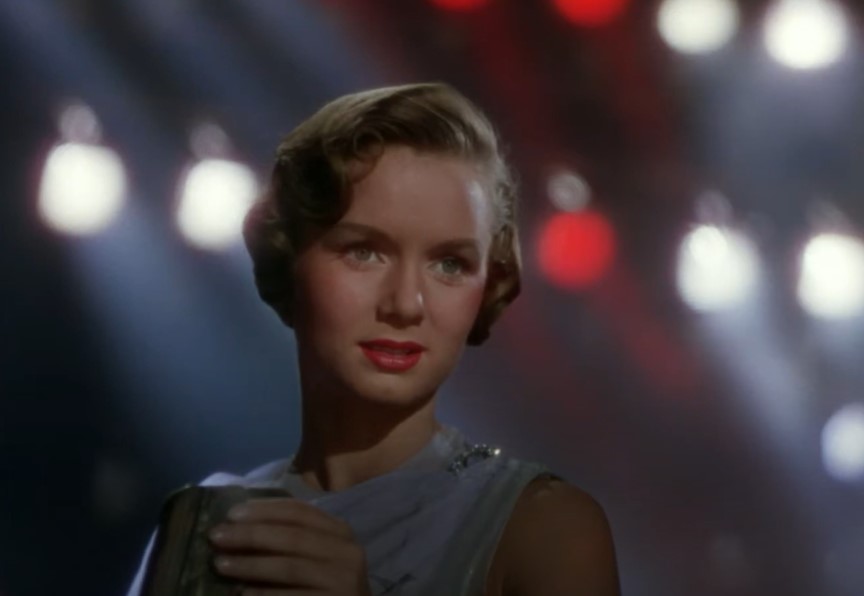 MGM, Singin' in the Rain (1952)
MGM, Singin' in the Rain (1952)
She Danced Until She Bled
The pitch-perfect number "Good Morning" wasn't a joyous filming experience at all. It took 15 hours to finish. By the time everyone was happy with the takes, Reynolds had danced so much, her feet were were bleeding.
She'd later confess that "Singin' in the Rain and childbirth were the two hardest things I ever had to do in my life."
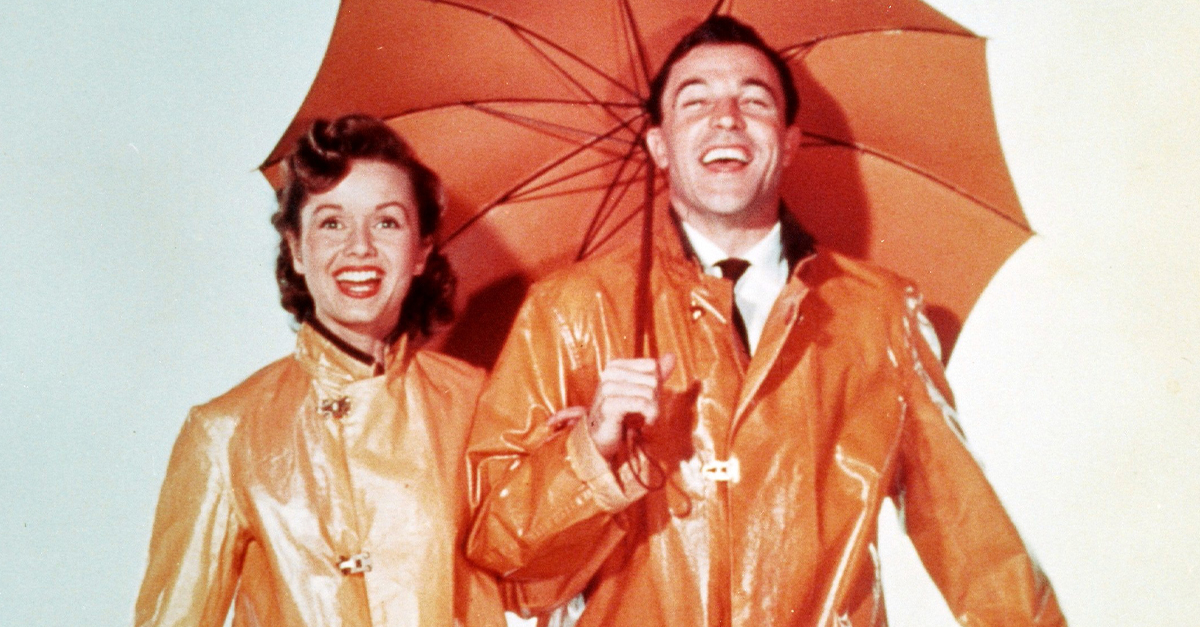 Silver Screen Collection, Getty Images
Silver Screen Collection, Getty Images
The Viking (1931)
1931's The Viking was an early sound film—and it has gone down in history for a variety of reasons. To begin with, it recorded dialogue and sound on location, making it the first film to do so.
A Dangerous Production
Unfortunately, The Viking was also a very dangerous production to be a part of. While filming aboard the SS Viking, the crew ran into trouble while trying to capture some action scenes.
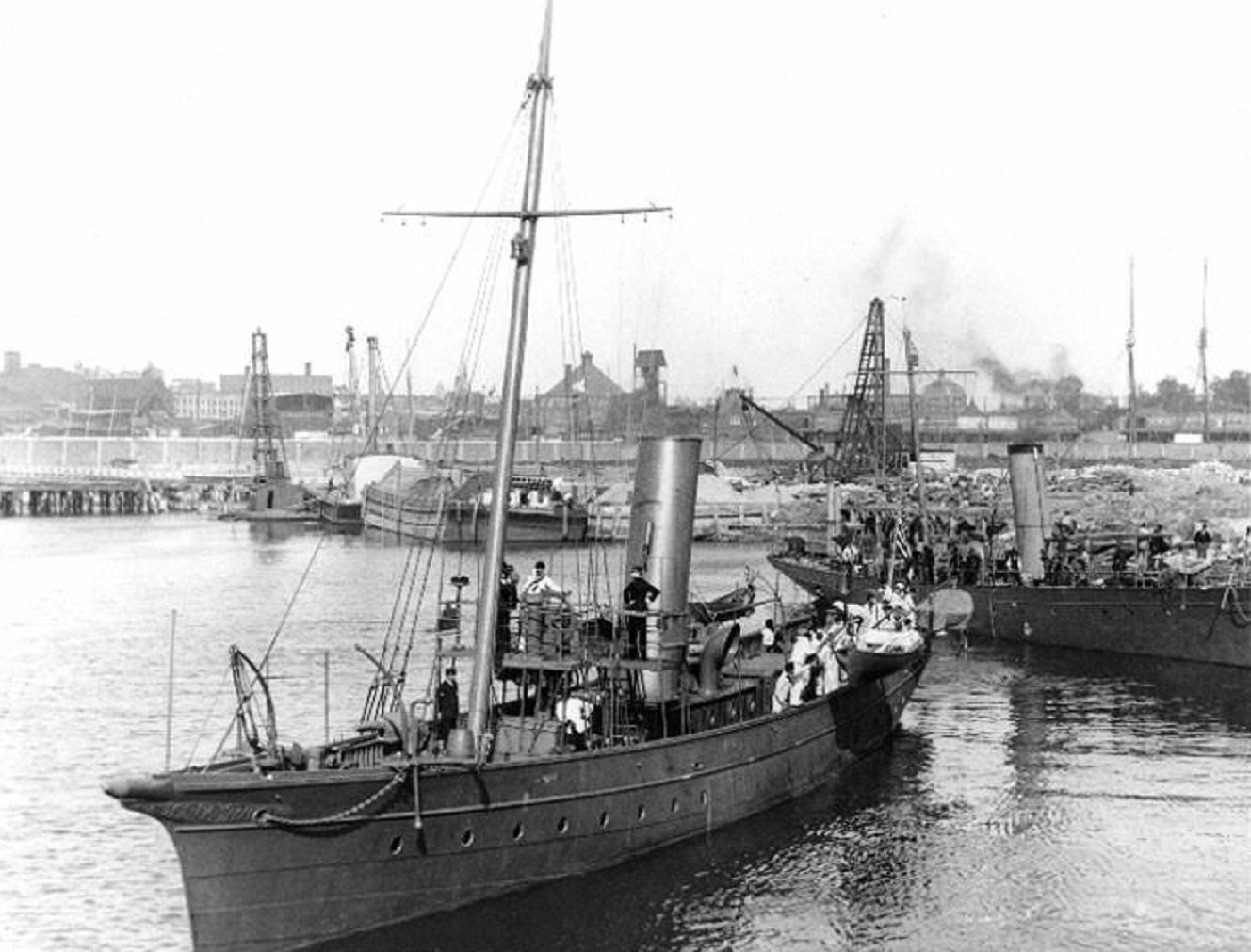 Naval History and Heritage Command, Picryl
Naval History and Heritage Command, Picryl
Stuck In The Ice
You see, the SS Viking found itself trapped in ice. But in attempting to release the ship, a number of explosives accidentally went off inside the vessel. The consequences were fatal.
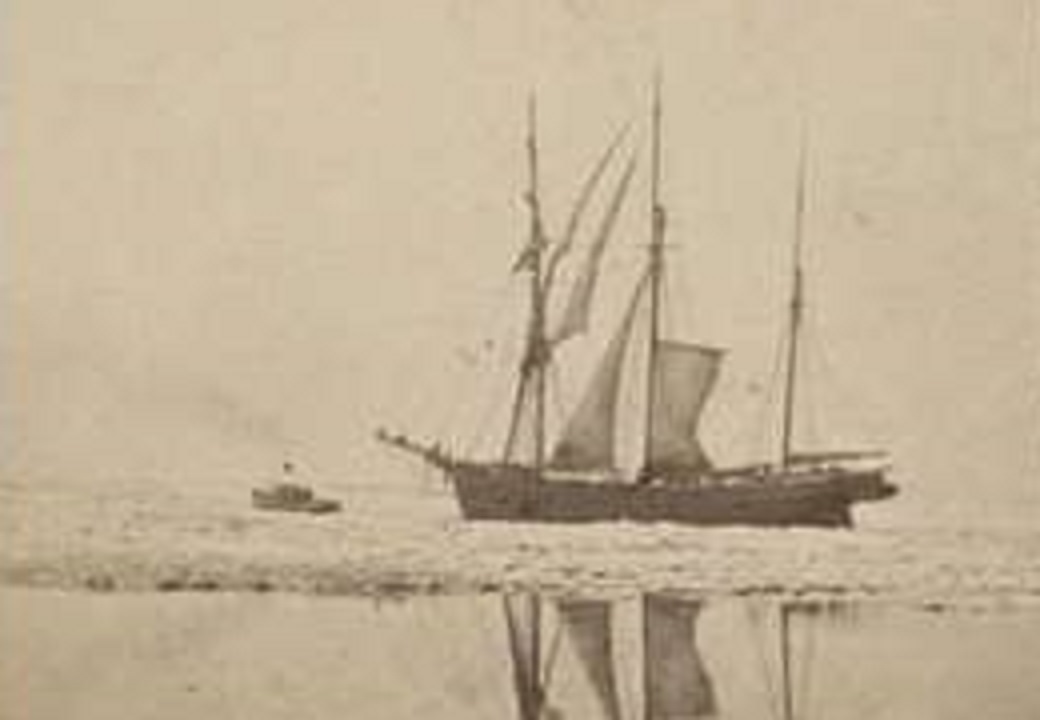 New York Public Library, Picryl
New York Public Library, Picryl
Fatal Explosions
Tragically, these explosions ended the lives of 20 people, including Varick Frissell, the co-director and producer, and Alexander Penrod, the cinematographer.
This explains the sad tribute at the beginning of The Viking.
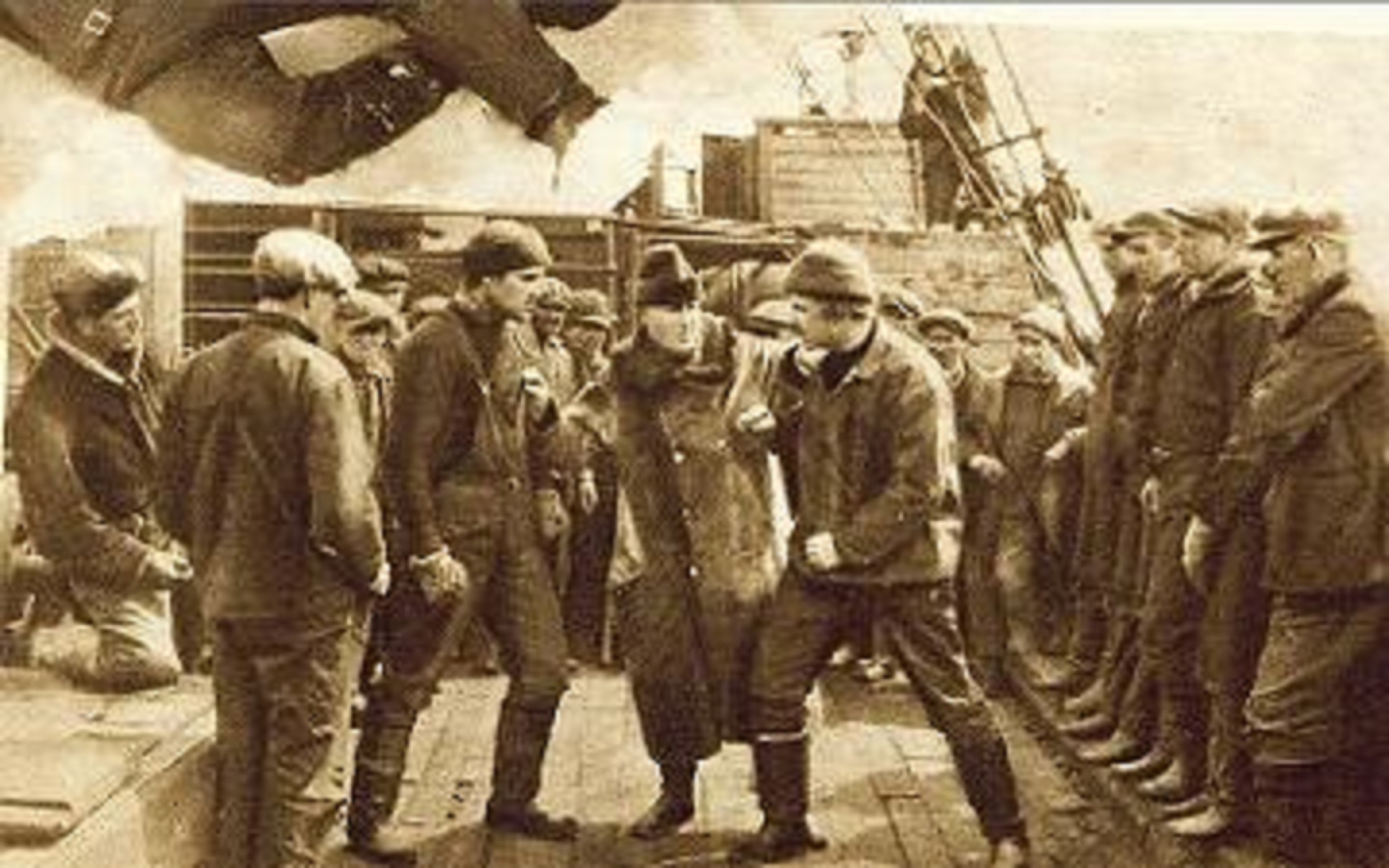 Unknown Author, Wikimedia Commons
Unknown Author, Wikimedia Commons
The Birds (1963)
1963's The Birds was a rough experience for the lead actress, Tippi Hedren—and this had a lot to do with the obsessive director, Alfred Hitchcock.
A Lovesick Director
Reportedly, Hitchcock was interested in Hedren as more than just his lead actress. He had romantic intentions and seemed disturbingly possessive of her. He even made her sign a contract that held her back from working with other directors.
She Turned Him Down
Allegedly, when Hedren refused to reciprocate Hitchcock's amorous feelings, his behavior took a vengeful turn. Apparently, he decided to make the filming conditions especially difficult for her.
She Paid The Price
Perhaps most famously, Tippi Hedren fought off live birds during the epic climax of the horror film. Mechanical birds were supposed to be used, but Hitchcock opted for real ones. They were tied to her dress and ended up genuinely cutting her.
The Conqueror (1956)
The Conqueror may be one of the best examples of miscasting in Hollywood history. John Wayne playing Genghis Khan just doesn't sit right. However, the film also has a very tragic backstory.
The Film Caused Cancer
You see, The Conqueror was filmed dangerously close to nuclear testing sites in the desert. In the following years and decades, a startling number of the cast and crew got cancer. This included John Wayne, Agnes Moorehead, Susan Hayward, and more. Many believe that the filming location was to blame.
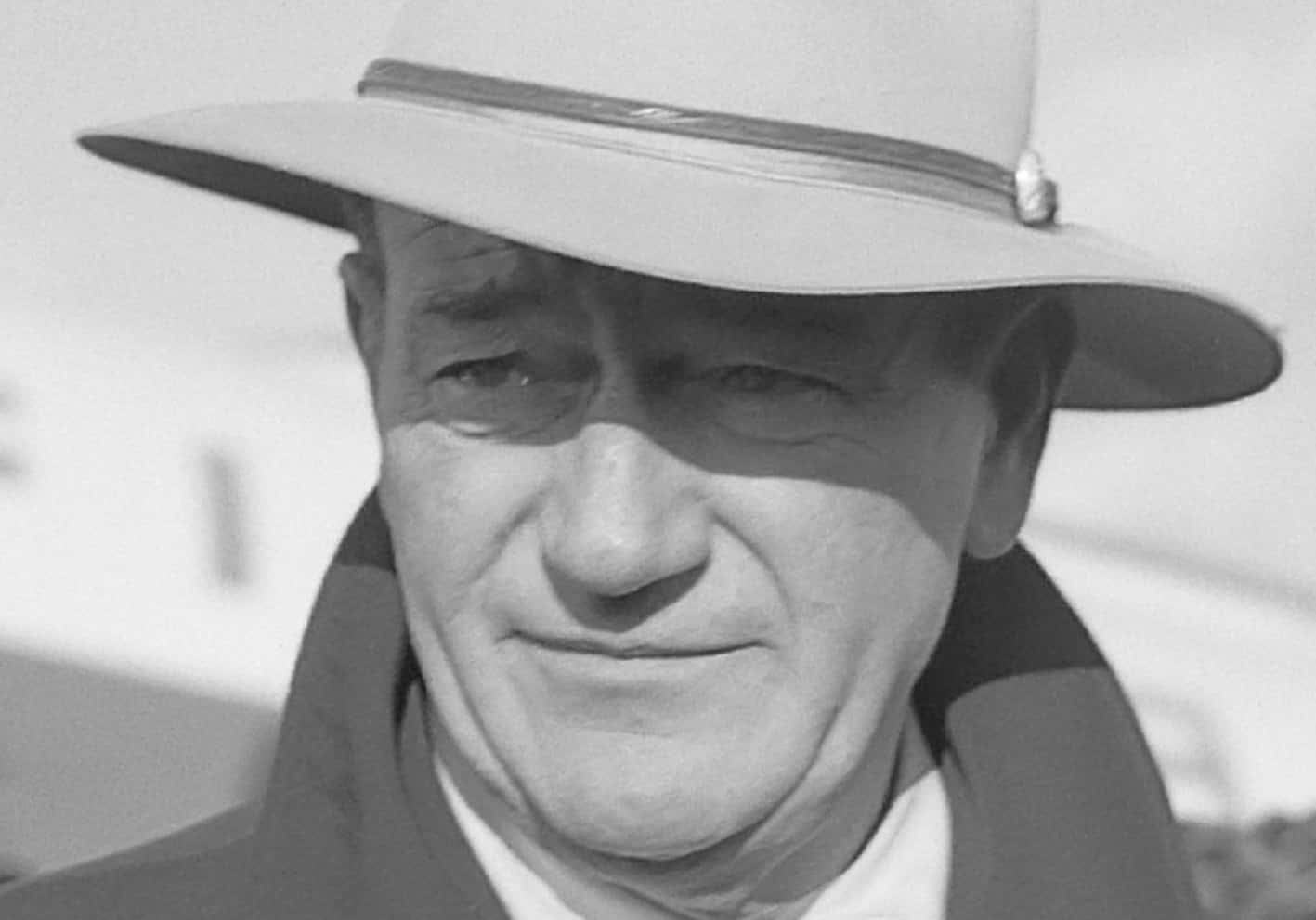 Hugo van Gelderen / Anefo, CC BY-SA 3.0 NL, Wikimedia Commons
Hugo van Gelderen / Anefo, CC BY-SA 3.0 NL, Wikimedia Commons
The Producer Felt Guilty
Howard Hughes, the producer of the film, reportedly felt terribly guilty about the consequences of The Conqueror—so much so that he made sure to keep the film out of circulation.
Babes In Arms (1939)
In the late 1930s and early 1940s, Judy Garland and Mickey Rooney were a match made in heaven. 1939's Babes in Arms helped make them one of Hollywood's most popular duos. However, behind the scenes, there were some shady things going down.
They Had To Take Pills
The filming schedule was quite demanding. Many of the stars, including Garland and Rooney, took stimulants and sleeping pills to help them get through the day.
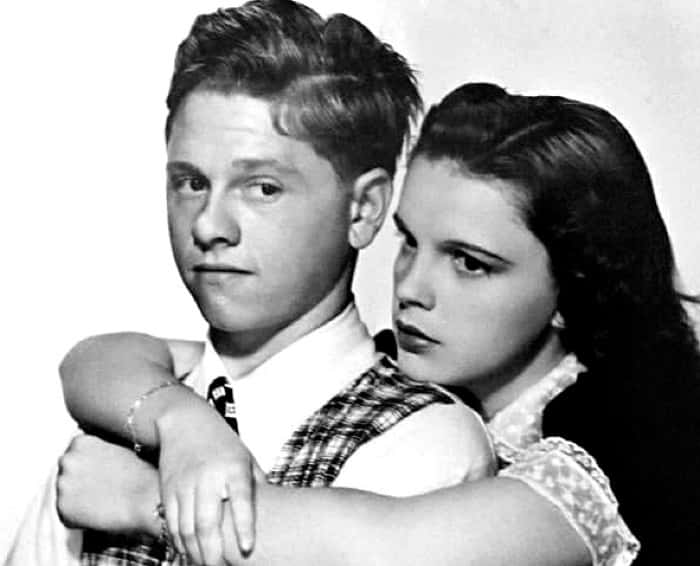 MGM, Clarence Bull, Wikimedia Commons
MGM, Clarence Bull, Wikimedia Commons
He Was An Addict
Down the road, Mickey Rooney denied many of Judy Garland's claims about the studio and the prescription medication they had to take. However, in his late life, Rooney reportedly had an addiction to sleeping pills.
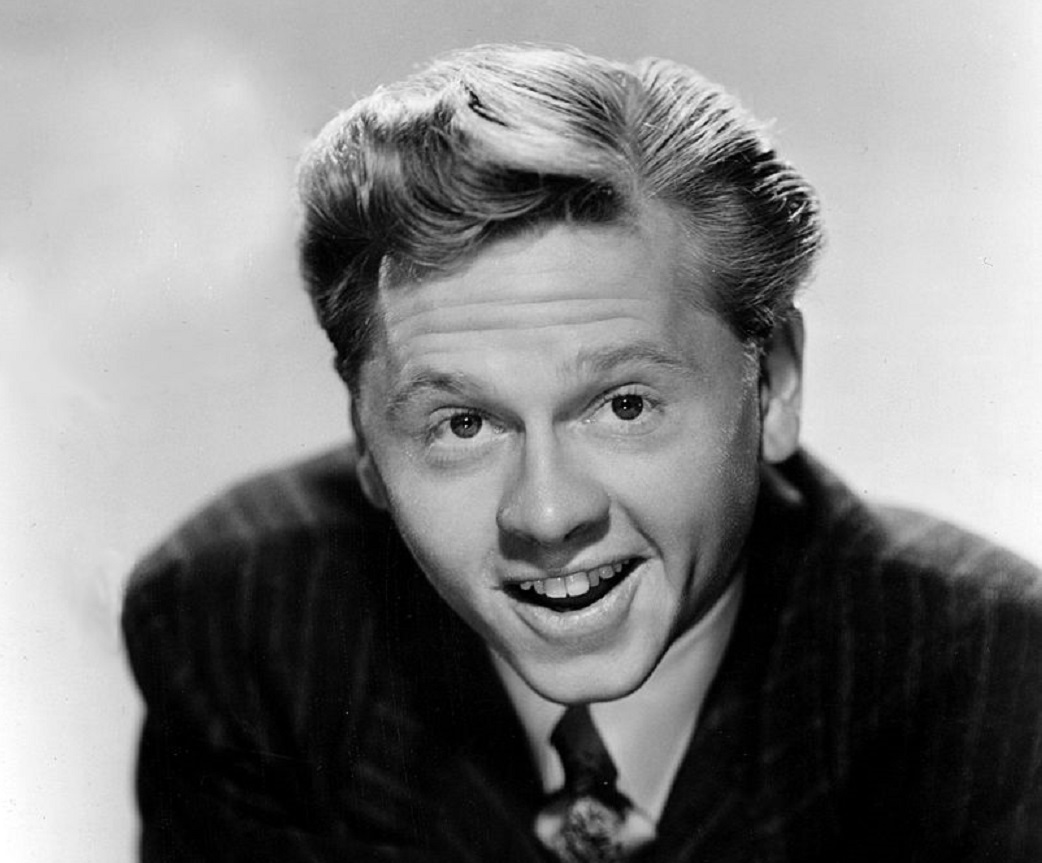 Studio publicity still, Wikimedia Commons
Studio publicity still, Wikimedia Commons
She Met A Tragic End
Of course, as most know, Judy Garland met her own tragic end at the young age of 47—her addictions no doubt playing a hand in her early demise.
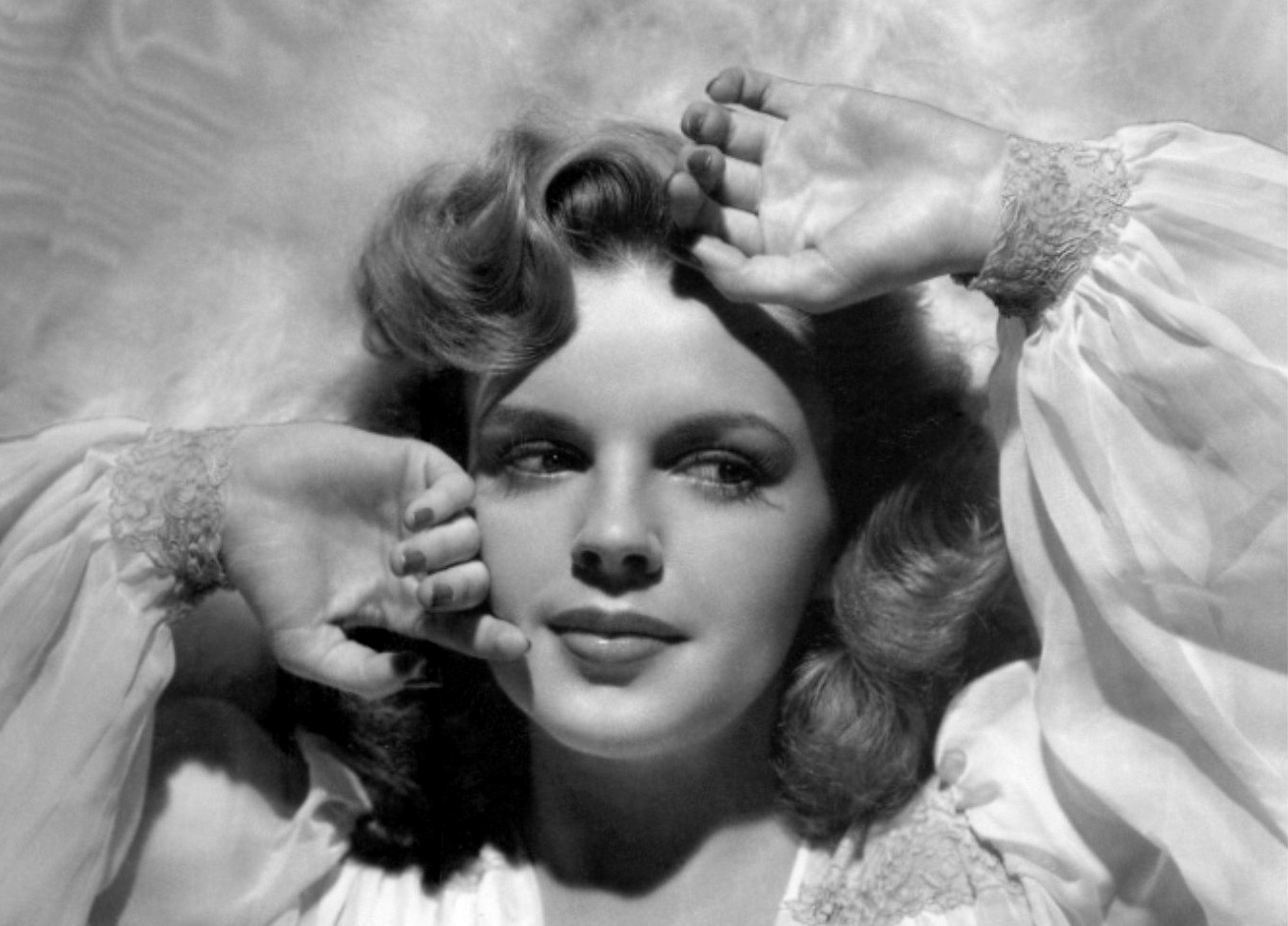 Clarence Sinclair Bull - MGM publicity photographer, Wikimedia Commons
Clarence Sinclair Bull - MGM publicity photographer, Wikimedia Commons
The Wizard Of Oz (1939)
The Wizard of Oz might be a feel-good favorite, but its behind-the-scenes stories are the stuff of legend—and not in a good way.
The Actors Ended Up In The Hospital
Perhaps, most of all, the production was a hazard to one's health. Margaret Hamilton, AKA the Wicked Witch of the West, was a victim of a special effects mistake. She ended up getting severely burned. But she wasn't the only one.
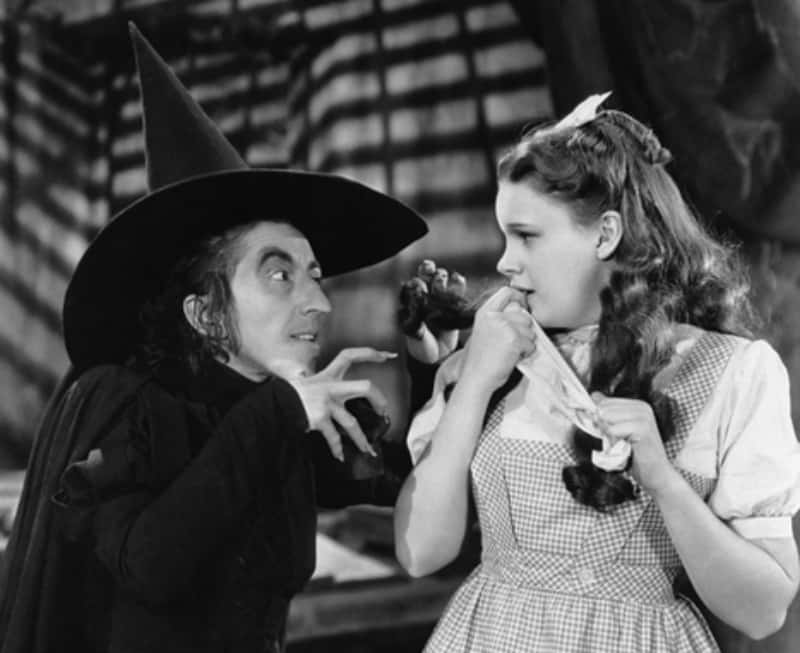 Unknown Author, Wikimedia Commons
Unknown Author, Wikimedia Commons
The Original Tin Man Lost His Role
The original Tin Man was actor Buddy Ebsen. Tragically, the aluminum dust in his makeup affected his breathing and he had to be rushed to the hospital. He lost out on the role.
Judy Garland Had To Lose Weight
Judy Garland not only faced the vicious cycle of her prescription medication requirements, but was also instructed to drop some weight for the role. Reportedly, the director and the Munchkins also tormented her during production.
Song Of The South (1946)
There's a reason nobody talks much about 1946's Song of the South. Even for its time, the film caused quite a stir. You see, though Walt Disney was in conversation with Black creatives, he turned a blind eye to their criticism of the story's inherently prejudiced plot. Yikes.
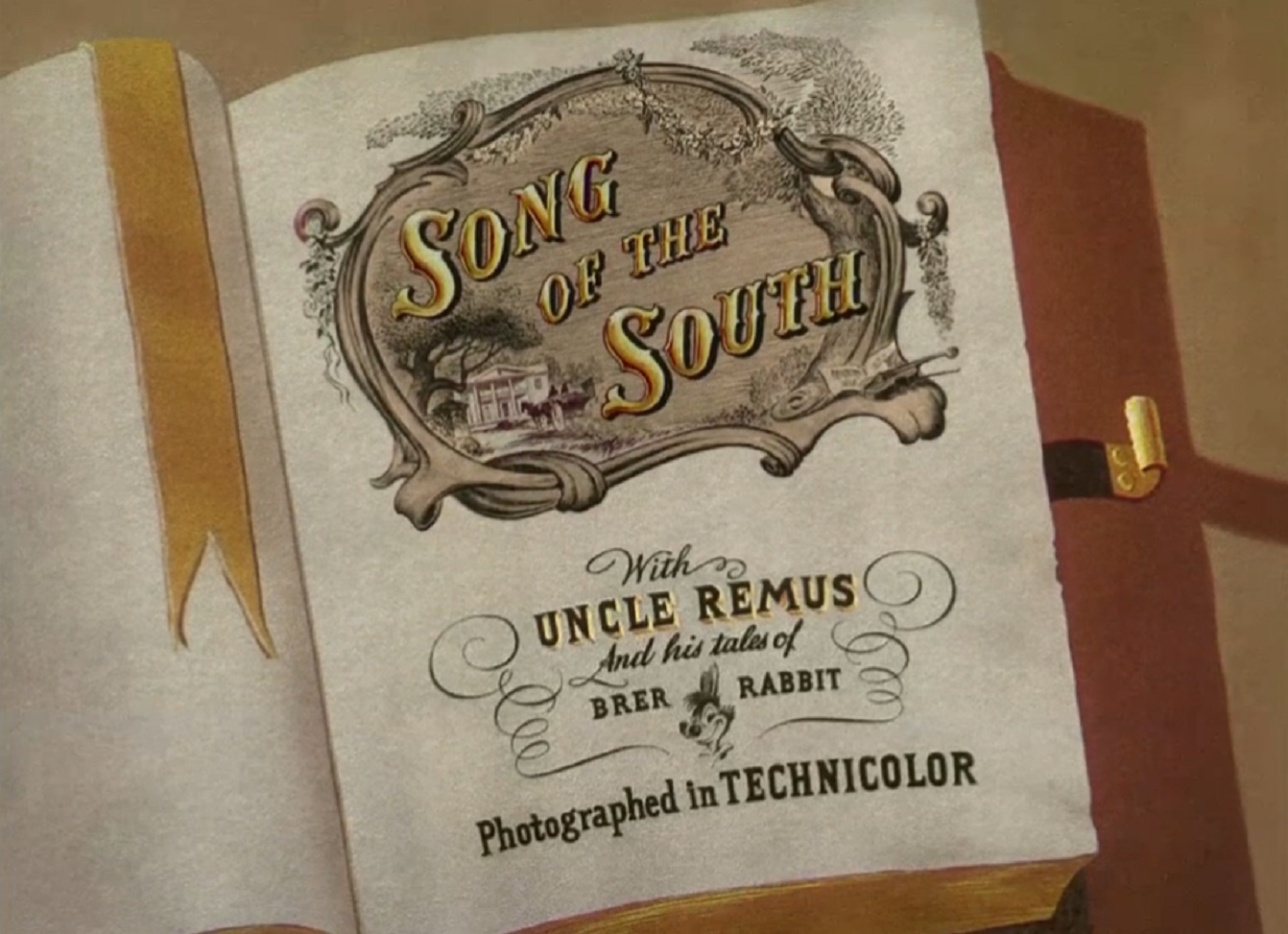 Walt Disney, Song of the South (1946)
Walt Disney, Song of the South (1946)
The Critics Hated It
Once Song of the South came out, Black publications criticized it harshly. The film's politics were questionable, to say the least.
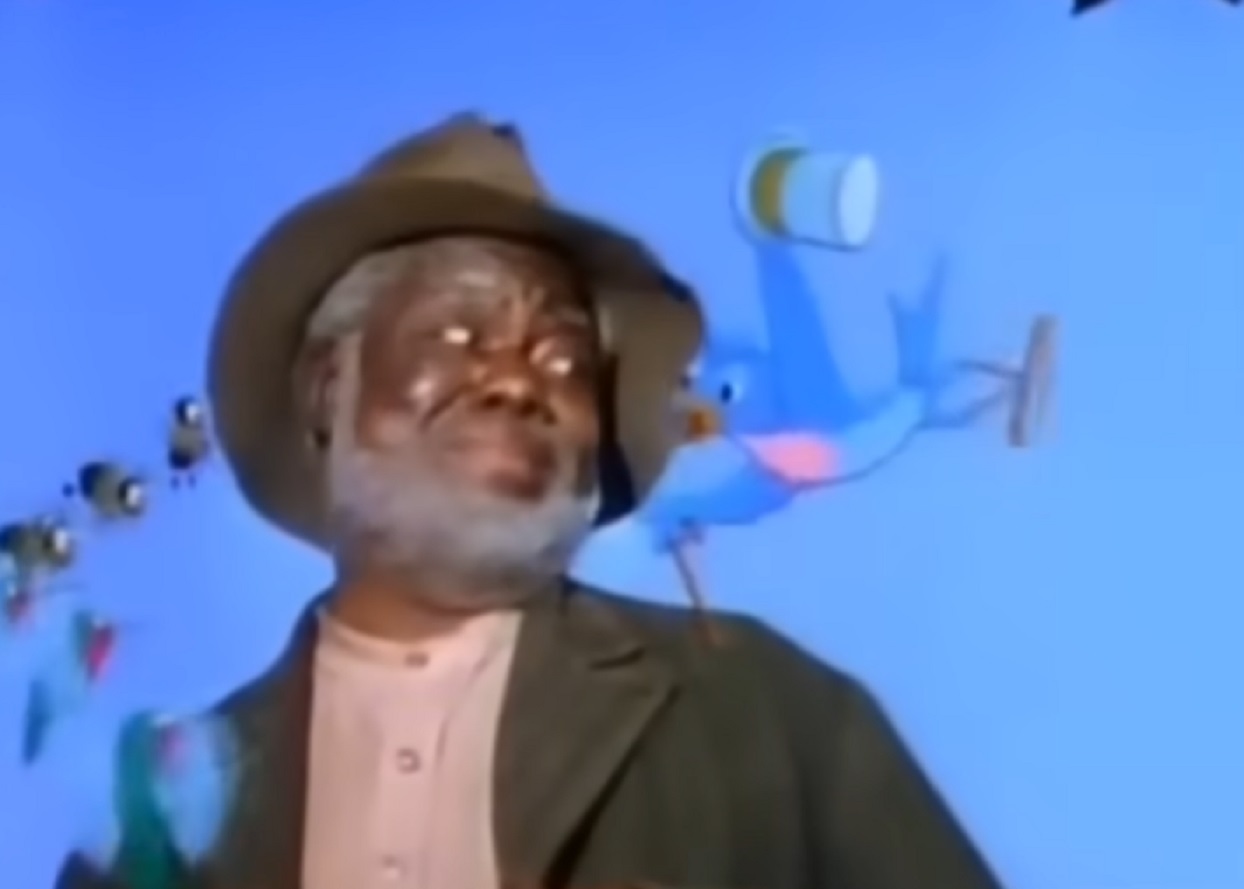 Walt Disney, Song of the South (1946)
Walt Disney, Song of the South (1946)
Disney Wants To Erase The Film
Presently, Disney has begun taking down any remnants of Song of the South from its theme parks. Though many want to bury this film due to its controversy, some argue that watching the film can be an educational experience.


